
One of the world’s leading publishers of printed classical and educational music.

William Walton Catalogue
- Text
- Walton
C17 PORTSMOUTH POINT 23
C17 PORTSMOUTH POINT 23 Date of composition: Spring to November 1925 Holograph: Beinecke: GEN MSS 601 (FRKF 588a). The library also contains a copy of the full score by Constant Lambert. Instrumentation: picc.2 (II + picc).2.ca.2.bcl.2.cbn/ 4.3.3.1/timp/perc (3 pref 4: tri, cyms, sus cym, tamt, cast, xyl, sd, bd, tamb)/strings Dedication: To Siegfried Sassoon Duration: 6 minutes First performance: Zürich, Tonhalle, 22 June 1926 (4th ISCM Festival); Tonhalle Orchestra, conducted by Volkmar Andreae. (Concert included Hindemith’s Concerto for Orchestra, Casella’s Partita for piano and orchestra and Webern’s Five Pieces for Orchestra. The festival programme book contained an article signed ‘W.T.W.’ in which Walton surveyed his career and compositions.) First London performance: His Majesty’s Theatre, 28 June 1926, when it was played as a symphonic interlude during an evening of ballet; the resident orchestra for the Diaghilev Ballets Russes season, conducted by Eugene Goossens First American performance: Boston, Symphony Hall, 19 November 1926; Boston Symphony Orchestra, conducted by Serge Koussevitzky First UK concert performance: London, Queen’s Hall, Monday 12 September 1927 (Promenade Concert); Henry Wood Symphony Orchestra, conducted by William Walton First broadcast performance: BBC London Station, 19 July 1928; Wireless Symphony Orchestra, conducted by Edward Clark Other early performances: London, Queen’s Hall, 14 August 1930 (the opening 1930 Promenade concert, broadcast by the BBC on the National Programme); BBC Symphony Orchestra, conducted by William Walton • London, Queen’s Hall, 21 January 1931 (BBC Symphony Concert, broadcast on the National Programme); BBC Symphony Orchestra conducted by Ernest Ansermet • Worcester, Public Hall, 7 September 1932 (Three Choirs Festival concert); London Symphony Orchestra, conducted by William Walton • London, Queen’s Hall, 11 August 1936 (broadcast by the BBC on the National Programme); BBC Symphony Orchestra, conducted by William Walton. (It was noted in Musical Times that Walton’s conducting had very much improved. The first half of this Promenade concert featured other works by Walton including his Symphony (C27), also conducted by the composer.) • New York, Carnegie Hall, 26 October 1939; New York Philharmonic Orchestra, conducted by John Barbirolli Publication: full score: OUP, 1928, at 15s • miniature score: OUP, 1930, at 3s 6d • study score: OUP [mid-1960s]; reissue of the 1928 full score in smaller format. Some of the corrections in this score are derived from observations made by Norman Del Mar in his notes on Portsmouth Point (‘Confusion and Error’, The Score, October 1957). See also BL Music Misc. i308a: correction to a printed copy of the overture Portsmouth Point, 1958. Autograph, written in ink on a strip of paper now bound with a copy of the printed score, extensively annotated in pencil by Norman Del Mar. The correction consists of a chord added to the brass parts in the fifth bar after figure 26. With a letter from Christopher Morris of OUP to Del Mar. • WWE vol. 14, pp.1–38 • study score: OUP, 2013 at £18.95 Bibliography: David Lloyd-Jones, WWE vol. 14 • MT 67 (March 1926), p. 225; (August 1926), p. 785 (B. Maine); 69 (August 1928), p. 704 (F.B.); 71 (September 1930), pp. 844–5 (‘xxx’); 72 (March 1931), p. 261; 73 (October 1932), pp. 892–4 (E. Blom); 77 (September 1936), p. 842 (F. Howes); NYT, 27 Oct 1939, p. 30 (O. Downes); NZZ, 24 June 1926, [p. 1] (Eisler); Times, 29 June 1926, p. 14; 30 June 1926, p. 14; 13 Sept 1927, p. 14; 15 Aug 1930, p. 10; 9 Sept 1932, p. 8 Recordings: 78, LP, CD NESO / Anthony Bernard. Decca M94 (1935) • BBC Symphony Orchestra / Adrian Boult. HMV DA1540 (1936) • Minneapolis Symphony Orchestra / Mitropoulos. Columbia 12755D (1946) • Philharmonia Orchestra / Walton (recorded Kingsway Hall, London, 21 March 1953). Columbia 33C 1016 (1953); Columbia SEL 1506 (1954); Angel (USA) 35639 (1958); SEG 8217 (1963); HMV HQM 1006 (1965); EMI SLS5246 (1982); EMI CHS 5 65003 2 (1994) • London Philharmonic Orchestra / Adrian Boult. Decca LXT 5028 (1955); Decca 575 459 2 (2002) • London Philharmonic Orchestra / Walton (recorded Walthamstow Assembly Hall, 15 April 1970). Lyrita SRCS 47 (1971); Lyrita SRCD 224 (1992) • London Symphony Orchestra / André Previn. EMI ASD2990 (1974); EMI CDC 7 47624 2 (1986); EMI CDM 7 64723 2 (1993); EMI 6 80508 2 (2012)/ EMI Collector’s Edition 4 40861 2 (2012) • London Philharmonic Orchestra / Bryden Thomson: Chandos CHAN 8968 (1991); CHAN 9426 (1995) Note: Two of Walton’s letters to Sacheverell Sitwell (Renishaw archive and quoted in Sarah Bradford, Sacheverell Sitwell: Splendours and Miseries, London: Sinclair- Stevenson, 1993) mention the overture. He told Sitwell on 9 November 1925 that he had finished Portsmouth Point, and later (26 November 1925) added that he had shown the For perusal purposes only
24 C17 PORTSMOUTH POINT score to Diaghilev, who had praised it as ‘a most brilliant, fresh and exhilarating work’ and had intimated that he might use Walton’s music for a ballet. The next year (5 October 1926, WW archive), Walton wrote to Siegfried Sassoon and informed him that Hubert Foss (at OUP) ‘has taken not only those songs but also “Portsmouth Point” [and has] made a contract for five years to publish my works.’ In a letter to Christabel Aberconway (15 September 1927, BL), Walton mentioned the performance of the overture at the Prom concert of 12 September which he conducted, ‘[it] went quite grandly and went down very well. (I was recalled three times).’ Other versions C17a Portsmouth Point arrangement for small orchestra by Constant Lambert Holograph: Beinecke: GEN MSS 601 (FRKF 588b) Instrumentation: picc.1.1.2.1/2.2.1.0/timp/perc (2: sus cym, cast, xyl (opt), sd, tamb)/strings First performance: London, Savoy Theatre, 6 June 1932 (Camargo Ballet Season); players from the London Symphony Orchestra, conducted by Constant Lambert. The season also included performances of Job (Vaughan Williams), Swan Lake, and High Yellow (Spike Hughes). The overture was used as an orchestral interlude, with a new drop curtain, shown during its performance, specially designed by Edward McKnight Kauffer. First broadcast performance: London, BBC Studios, 13 July 1932 (broadcast on the BBC Daventry National Programme); BBC Orchestra (Section C) conducted by Constant Lambert. A programme of music from the repertoire of the Camargo Ballet Society. BBC Orchestra (Section C) was a section of the BBC Symphony Orchestra designated as a theatre orchestra (of 36 players) to play dramatic programmes, musical comedy, etc. Publication: score and parts on hire: OUP, 1932 Bibliography: Times, 7 June 1932, p. 12; Danc T 262 (July 1932), 331–8 Recordings: London Philharmonic Orchestra / Jan Latham-Koenig. Chandos CHAN 9148 (1993); CHAN 9426 (1995) C17b Portsmouth Point arrangement for wind band by Denis Wick Publication: score: Denis Wick Publications, 1998 C17c Portsmouth Point arrangement for military band by Gerrard Williams Commissioned by: the BBC for the Wireless Military Band First performance: London, BBC Studios, 14 October 1936 (broadcast on the Regional Programme); BBC Wireless Military Band, conducted by B.Walton O’Donnell Publication: unpublished C17d Portsmouth Point arrangement for piano duet by the composer (dated ‘London, November 1925’) Publication: OUP, 1927, at 6s 6d • WWE vol. 20, pp. 61–78 Bibliography: Michael Aston, WWE vol. 20 • MT 68 (July 1927), 619 (H.G.) Recordings: CD Keith Swallow and John Wilson (pianos). Cameo 2036 (2005) C17e Ballet: Portsmouth Point music arranged by Cyril Clarke; choreography by Anthony Tudor First performance: London, BBC TV Studios (Alexandra Palace), 6 September 1937 (repeated 27 September 1937); BBC Television Orchestra, conducted by William Walton. Dancers included Peggy van Praagh, Naomi Holmes, Frank Staff, and John Thorpe. Decor and costumes: Peter Bax; produced by Dallas Bower. Bibliography: Judith Chazin-Bennahum, The Ballets of Anthony Tudor (Oxford: OUP, 1994), 267 Note: It is possible that Lord Berners introduced the young Walton to the idea of writing some music based on Rowlandson’s drawing. In fact, Berners himself had originally intended to write a ballet about Portsmouth Point ‘after Rowlandson’, dating from 1919–20. This project was abandoned, with the result that only a piano solo version of this short piece and about 50 bars of orchestral score now remain. It was due to the efforts of Siegfried Sassoon that OUP agreed to publish Portsmouth Point, and to offer the composer a five-year contract; hence the dedication in the printed copy. This was finally published in June 1928, having been subjected to some revision, mainly simplification. The piano-duet version had been prepared by Walton earlier, and was in fact the first Walton work to be published by OUP, in June 1927. For perusal purposes only
- Page 2 and 3:
General Editor: DAVID LLOYD-JONES C
- Page 4 and 5:
CONTENTS Introduction - James Brook
- Page 6 and 7:
Anyone taking this volume down from
- Page 8 and 9:
ORGANIZATION OF THE CATALOGUE This
- Page 10 and 11: WILLIAM WALTON EDITION General Edit
- Page 12 and 13: ACKNOWLEDGEMENTS I am deeply indebt
- Page 14 and 15: Bibliographical abbreviations Add.M
- Page 16 and 17: SELECTIVE CHRONOLOGY 1866 11 Oct Lo
- Page 18 and 19: SELECTIVE CHRONOLOGY xix 1943 Feb o
- Page 20 and 21: SELECTIVE CHRONOLOGY xxi Nov Sympho
- Page 22 and 23: facsimiles For perusal purposes onl
- Page 24 and 25: facsimiles xxv For perusal purposes
- Page 26 and 27: facsimiles xxvii For perusal purpos
- Page 28 and 29: facsimiles xxix For perusal purpose
- Page 30 and 31: facsimiles xxxi For perusal purpose
- Page 32 and 33: facsimiles xxxiii For perusal purpo
- Page 34 and 35: List OF MAIN TITLES xxxv Romeo and
- Page 36 and 37: the catalogue For perusal purposes
- Page 38 and 39: C1 A Li t a n y partsong in four pa
- Page 40 and 41: Nos. 1-3 Date of composition: July
- Page 42 and 43: C9 Th e Pa s s i o n a t e Sh e p h
- Page 44 and 45: 16. Valse (‘Daisy and Lily’) Th
- Page 46 and 47: Passengers Only: A Social Tragedy i
- Page 48 and 49: Eskdale (tpt), Willem de Mont (vc),
- Page 50 and 51: Façade 2: A Further Entertainment
- Page 52 and 53: First performance: 24 January 1922
- Page 54 and 55: C12g Ballet in One Act (Based on th
- Page 56 and 57: 1. Tango-Pasodoblé 2. Swiss Jodell
- Page 58 and 59: C13 To c c a t a C14 Fantasia Conce
- Page 62 and 63: C18 Ro m e o an d Ju l i e t Ballet
- Page 64 and 65: C21 Si n f o n i a Co n c e r t a n
- Page 66 and 67: C22 Concerto for Viola and Orchestr
- Page 68 and 69: First performance: London, Royal Fe
- Page 70 and 71: From 17 April to 23 August 1948, I
- Page 72 and 73: Other early performances: London, S
- Page 74 and 75: C28 Es c a p e Me Ne v e r music fo
- Page 76 and 77: Faber, 1996), 187-8 • David Vaugh
- Page 78 and 79: OCB 299-2 Cue 21-22 [David playing
- Page 80 and 81: C32 Dr e a m i n g Li p s music for
- Page 82 and 83: Duration: 7 minutes Instrumentation
- Page 84 and 85: First London performance: Queen’s
- Page 86 and 87: C37 Concerto for Violin and Orchest
- Page 88 and 89: C37 Concerto for Violin and Orchest
- Page 90 and 91: Publication: WWE vol. 3, pp. 1-99 (
- Page 92 and 93: (b) Incidental music for Uncle Harr
- Page 94 and 95: minute Galop (the right title under
- Page 96 and 97: of the shelter to meeting; Barbara
- Page 98 and 99: Division at this point, after he ha
- Page 100 and 101: y John Burrell. Broadcast on 7 Octo
- Page 102 and 103: Houldsworth Hall, 24 May 1943 (spec
- Page 104 and 105: Other versions C46a Christopher Col
- Page 106 and 107: A copy is also in the National Soun
- Page 108 and 109: of added brass, percussion and pian
- Page 110 and 111:
First USA showings: Boston, Esquire
- Page 112 and 113:
C50 Henry V 75 C50g Passacaglia:
- Page 114 and 115:
1946, p .4; 26 April 1946, p. 16; T
- Page 116 and 117:
duel; Entry of the court (with fanf
- Page 118 and 119:
Dedication: To Diana and Griselda [
- Page 120 and 121:
y the BBC on television and radio);
- Page 122 and 123:
expressed a strong wish to dedicate
- Page 124 and 125:
Principals: Calkas, High Priest of
- Page 126 and 127:
(D. Drew); Opera 14 (June 1963), 41
- Page 128 and 129:
Bibliography: Opera Canada 49 (Sept
- Page 130 and 131:
C63b A Shakespeare Suite from Richa
- Page 132 and 133:
C65 C65 Concerto for Violoncello an
- Page 134 and 135:
C68 Symphony No. 2 97 Commissioned
- Page 136 and 137:
Bibliography: David Lloyd-Jones, WW
- Page 138 and 139:
Recordings: CD Bach Choir / David W
- Page 140 and 141:
C76 Variations on a Theme by Hindem
- Page 142 and 143:
Holograph: Beinecke: GEN MSS 601 (F
- Page 144 and 145:
Dedication: To André Kostelanetz.
- Page 146 and 147:
C82 Improvisations on an Impromptu
- Page 148 and 149:
C86 Five Bagatelles 111 This work w
- Page 150 and 151:
C89 Anniversary Fanfare 113 Recordi
- Page 152 and 153:
C93 Roaring Fanfare 115 with Ian Fo
- Page 154 and 155:
C99 A Birthday Fanfare 117 Publicat
- Page 156 and 157:
GENERAl bibliography Anson, H. ‘T
- Page 158 and 159:
Foss, H. J. ‘William Walton’, H
- Page 160 and 161:
Kennedy, M. ‘Walton’s Isle Full
- Page 162 and 163:
Riley, M., ed., British Music and M
- Page 164 and 165:
personalia ABERCONWAY, Lady Christa
- Page 166 and 167:
and 1930s. Commissioned Walton for
- Page 168 and 169:
which he founded in 1946. Married t
- Page 170 and 171:
Irish Academy of Music. Both the Sa
- Page 172 and 173:
Orb and Sceptre Arr. for military b
- Page 174 and 175:
First Shoot, The Arr. for orchestra
- Page 176 and 177:
INDEX OF AUTHORS OF TEXTS Arnold, M
- Page 178 and 179:
Lord, now lettest thou thy servant
- Page 180 and 181:
Mayer, (Lady) Dorothy Moulton Canti
- Page 182 and 183:
Bantock, (Sir) Granville 34 Barber,
- Page 184 and 185:
Cathedral Church of Christ Church,
- Page 186 and 187:
Elms, Simon 117 Emery, Terence 13 E
- Page 188 and 189:
Hastings, Municipal Orchestra 44 Ha
- Page 190 and 191:
Laurence Olivier Memorial Service (
- Page 192 and 193:
Nabokov, Vladimir 107 Naismith, Nor
- Page 194 and 195:
Rosen, Carole 48, 66 Rosenstock, Jo
- Page 196 and 197:
Tate, Ohyiils 129 Tausky, Vilem 11,
- Page 198 and 199:
Wymark, Patrick 107 Wyndham Lewis,
- Page 200 and 201:
allet choreographed by Lindsay Kemp
- Page 202:
Sonata for String Orchestra (Quarte
Inappropriate
Loading...
Mail this publication
Loading...
Embed
Loading...


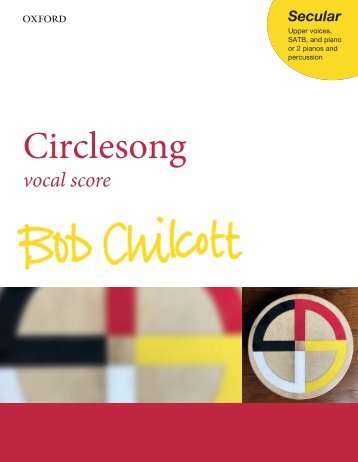
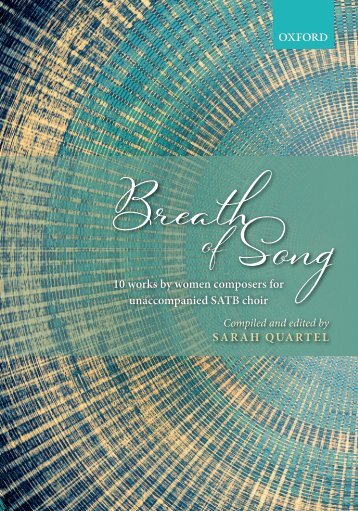
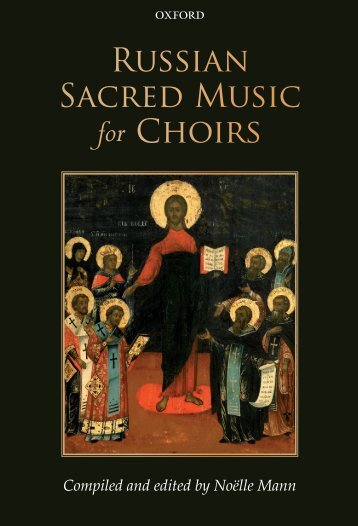

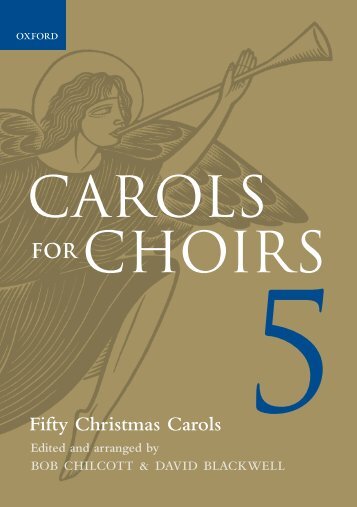

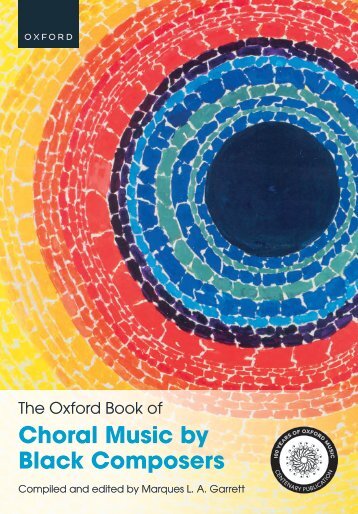
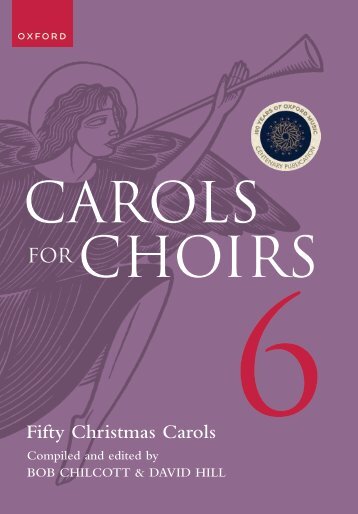

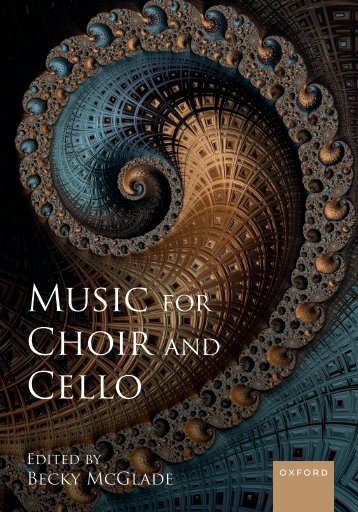

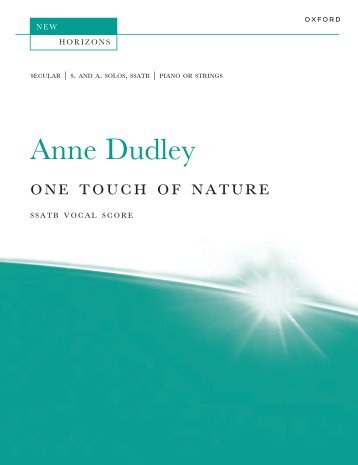

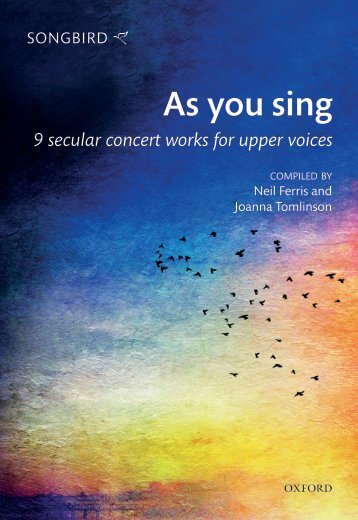
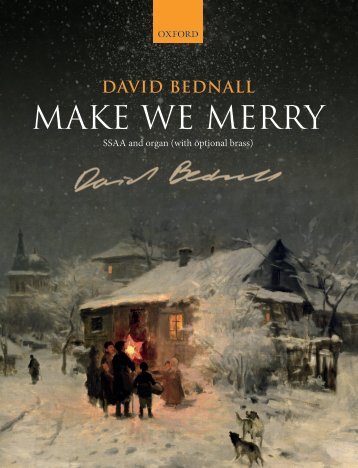
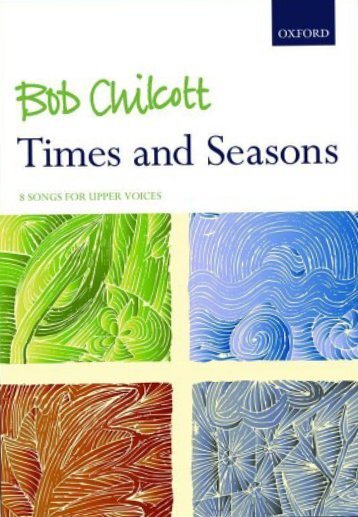


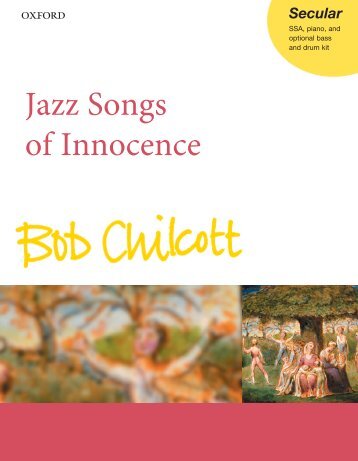
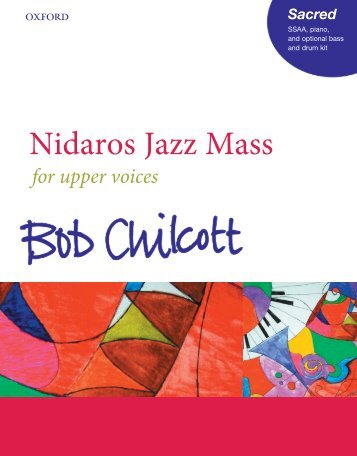
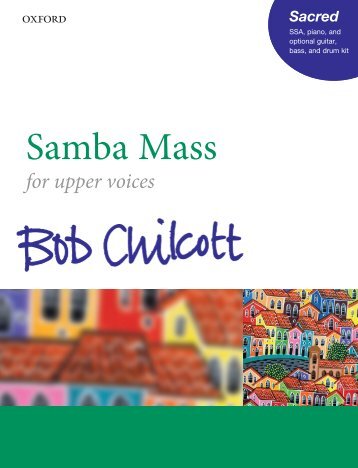


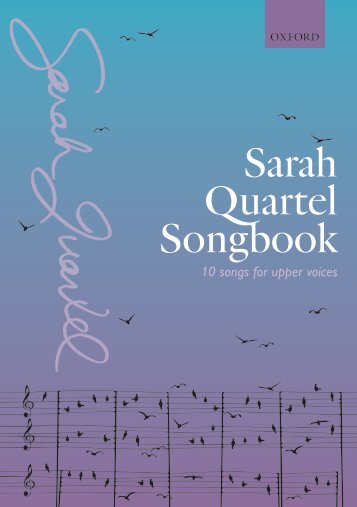
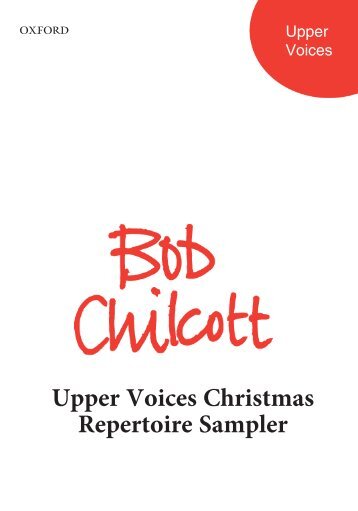

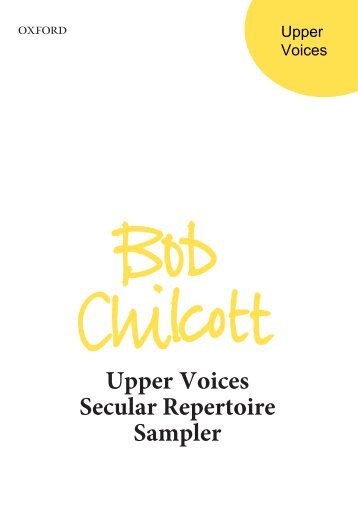

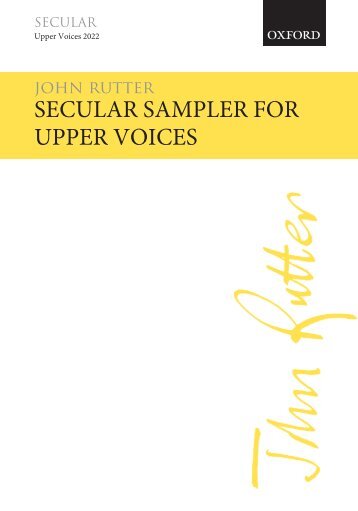
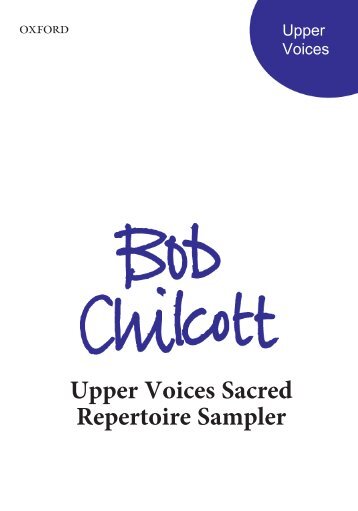



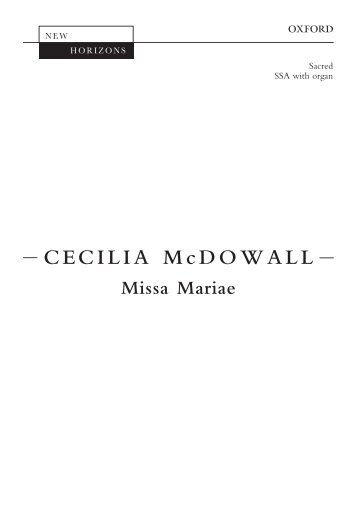
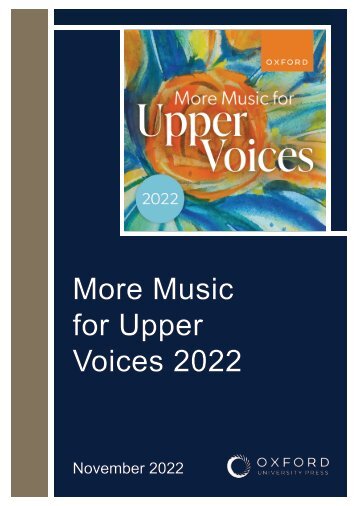
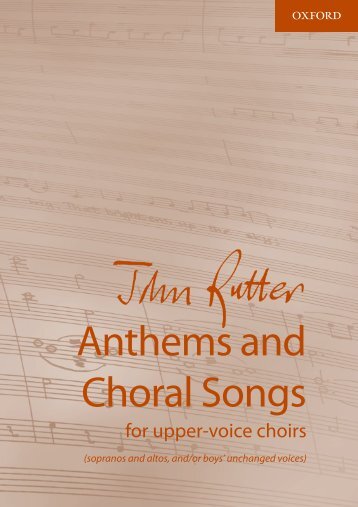

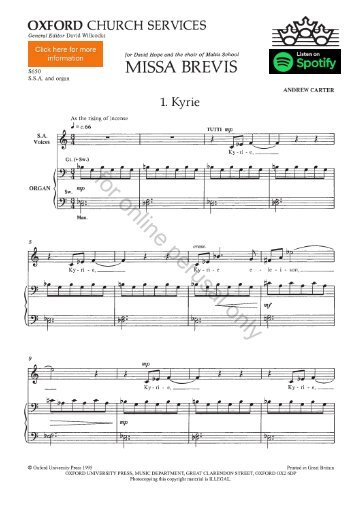
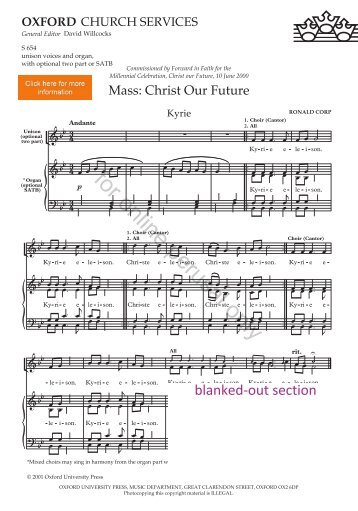
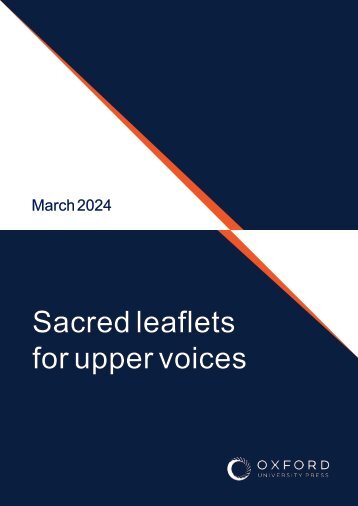
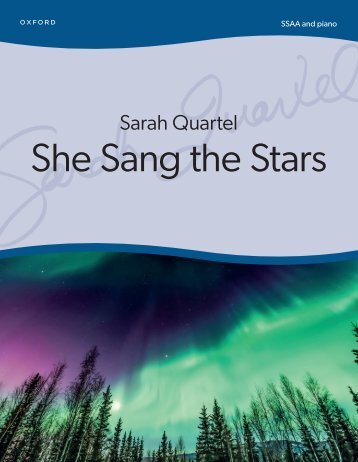

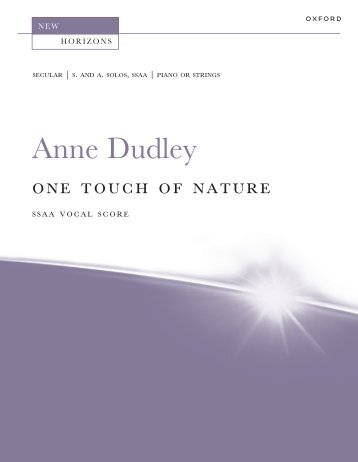
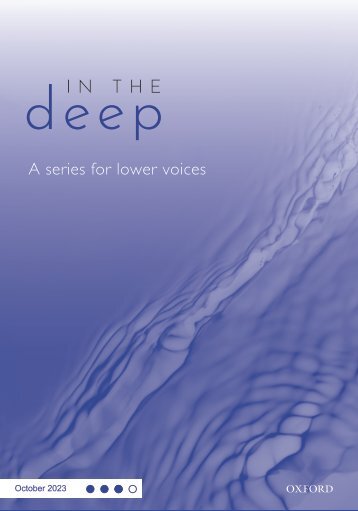
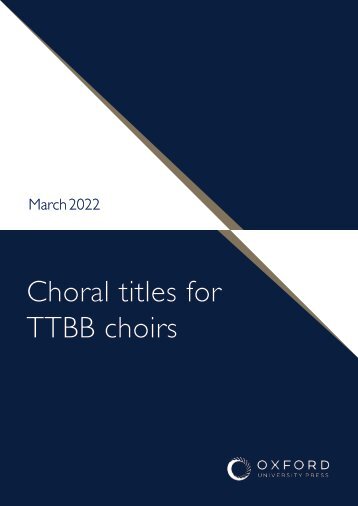
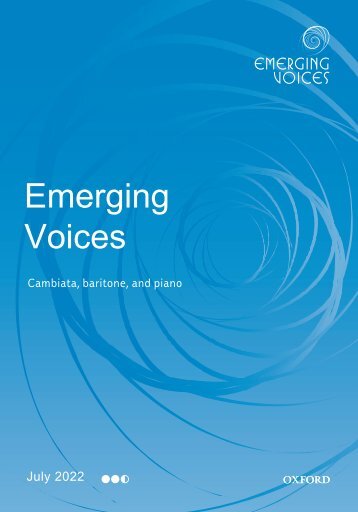
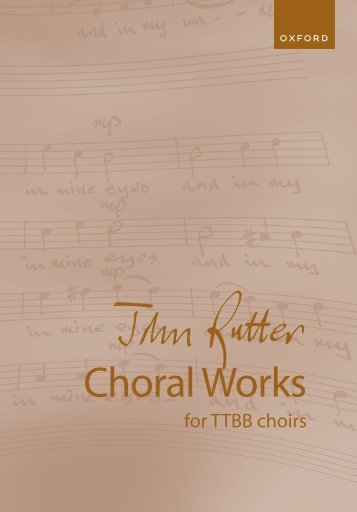
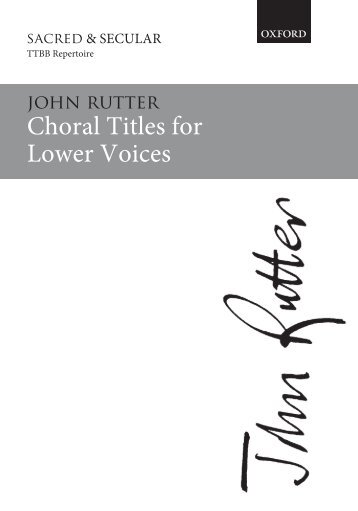
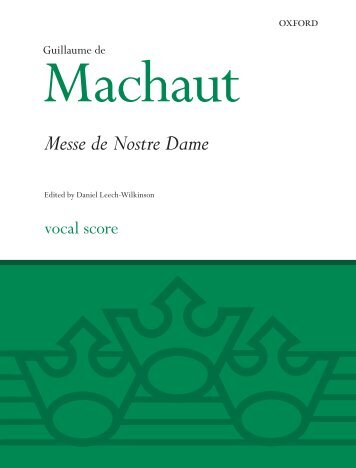
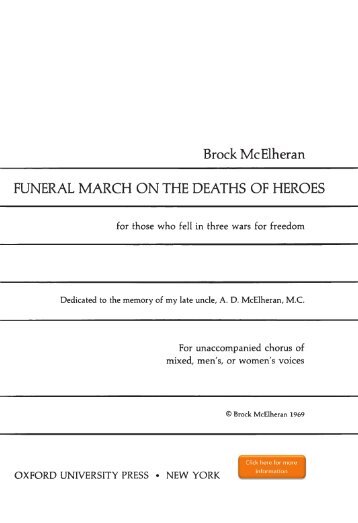

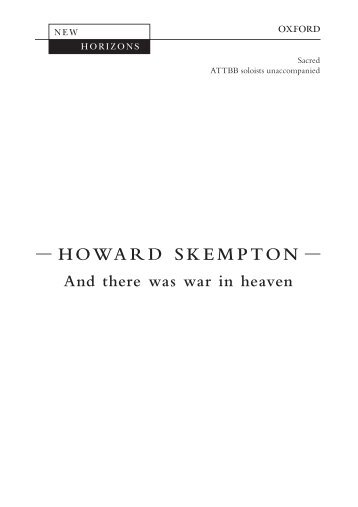
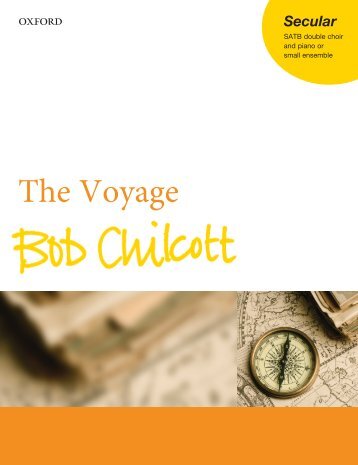
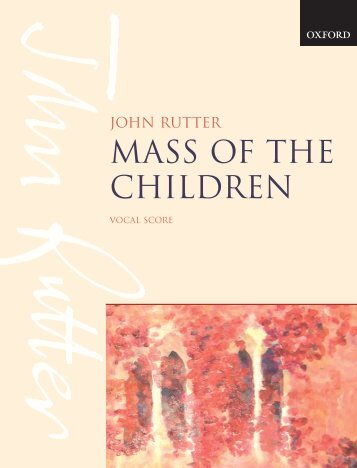
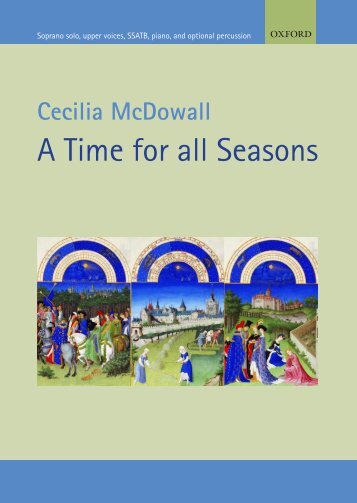



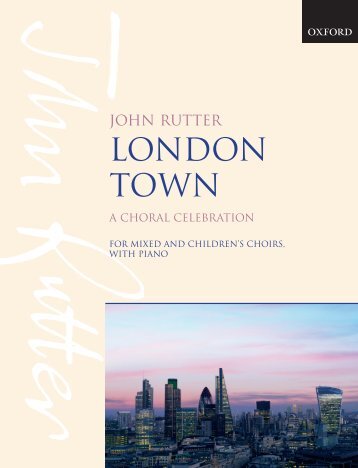

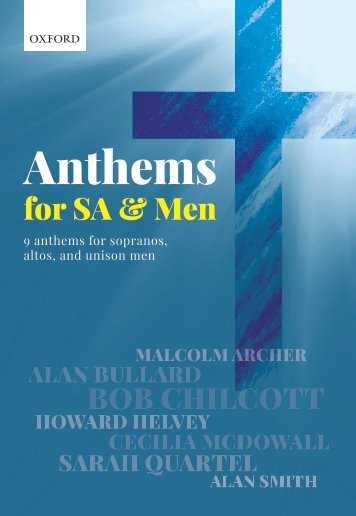
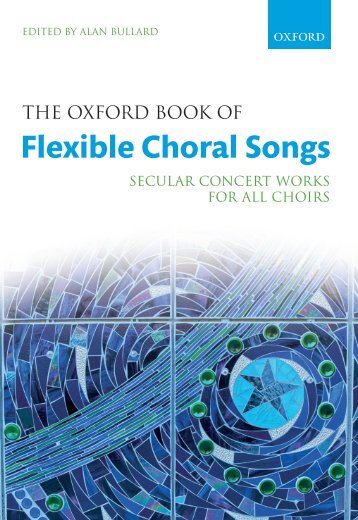
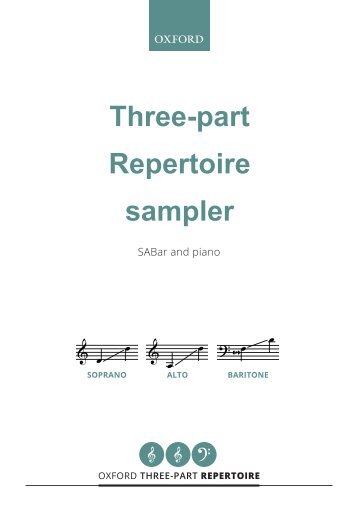

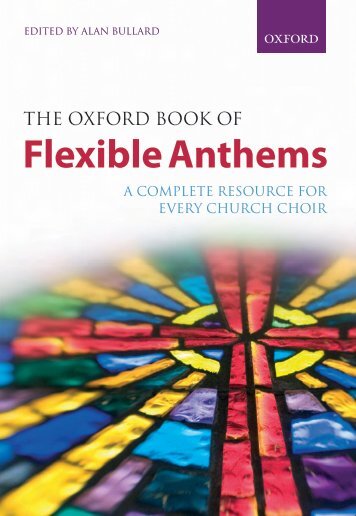


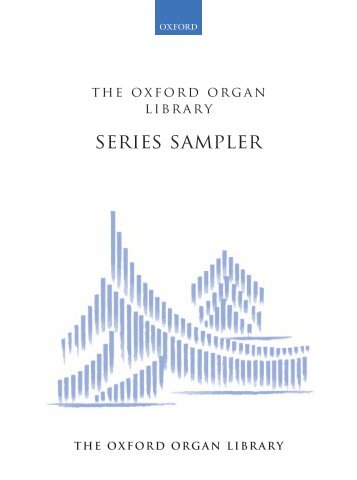
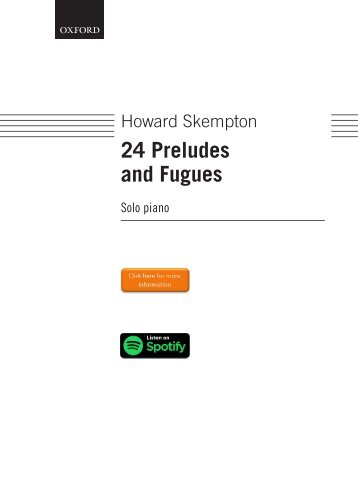
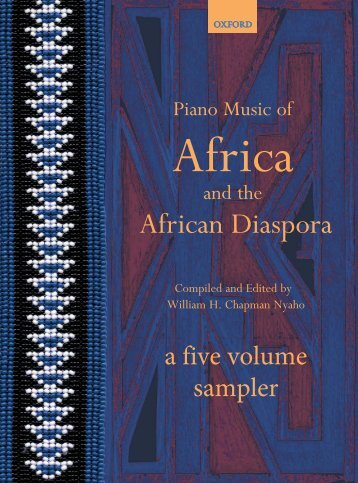
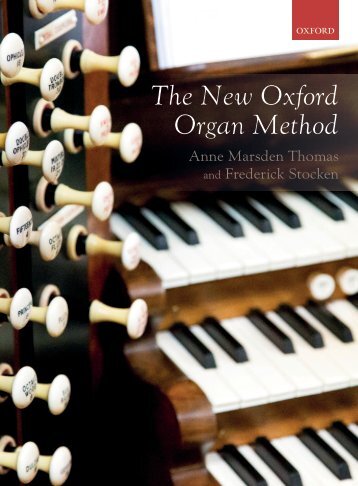
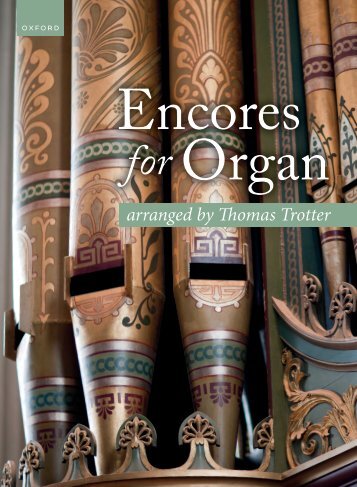


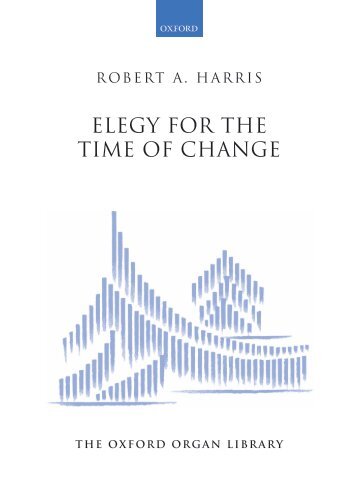


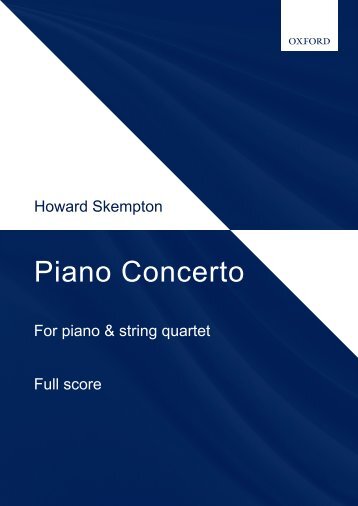
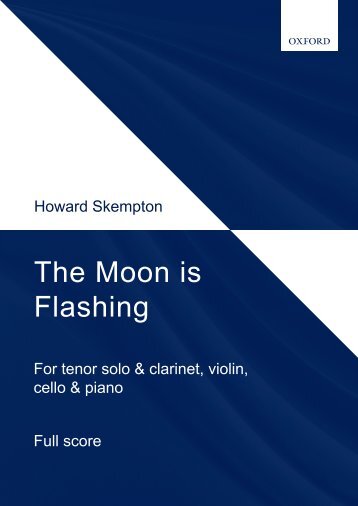
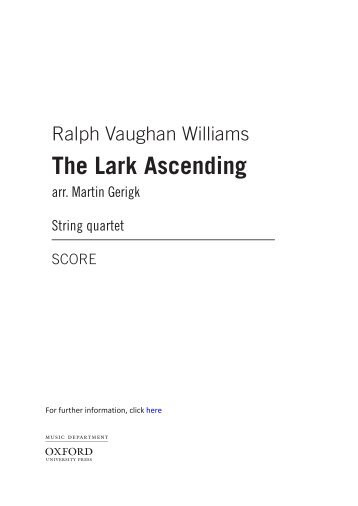
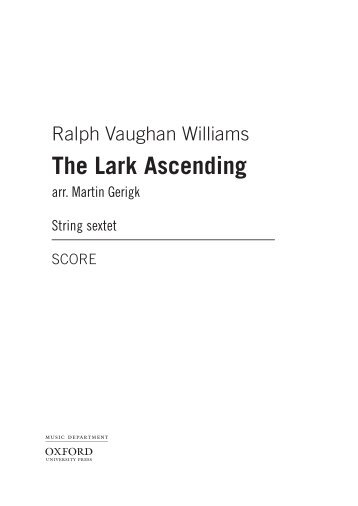
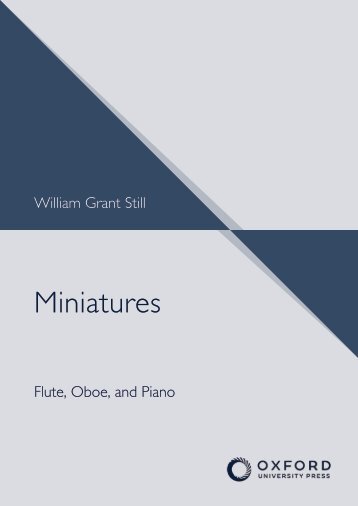
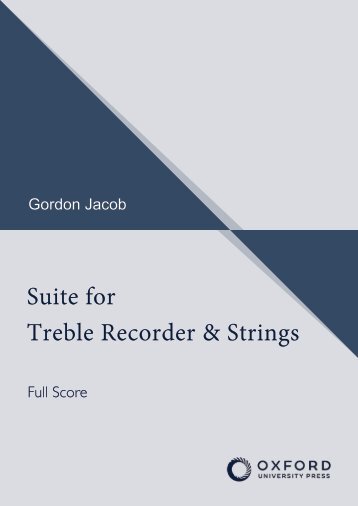
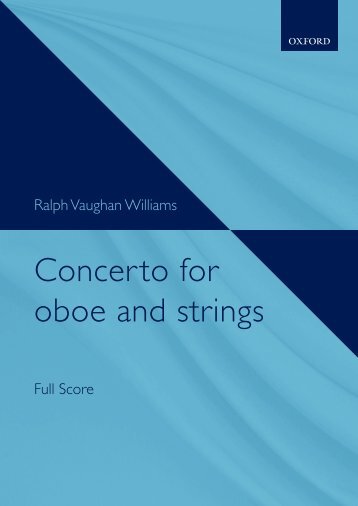
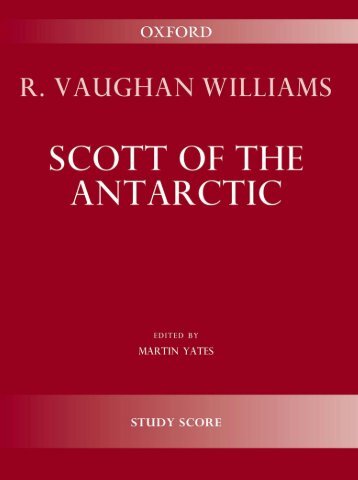
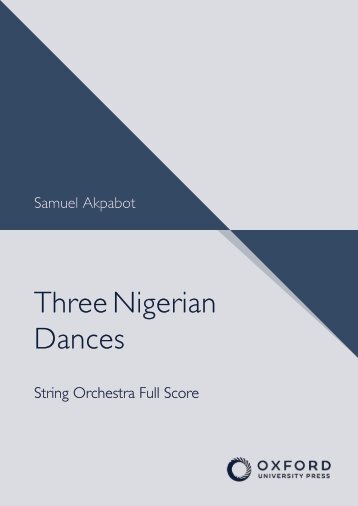


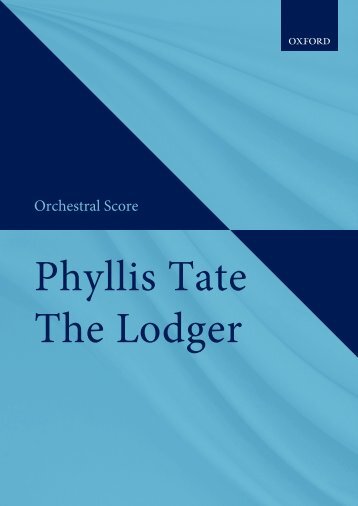

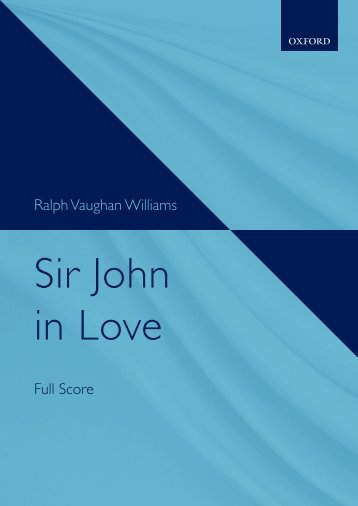


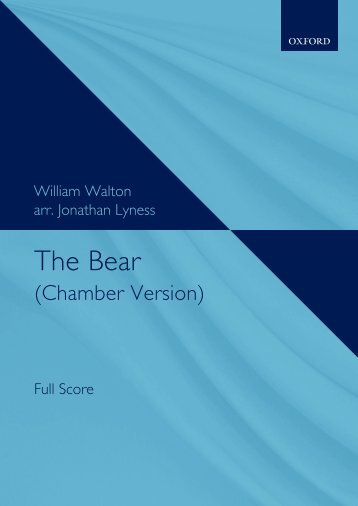

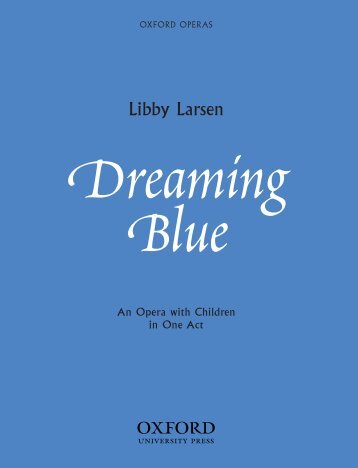
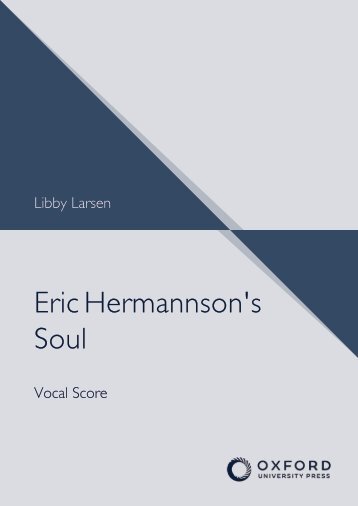
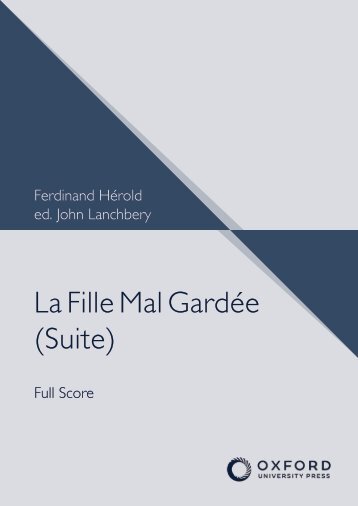
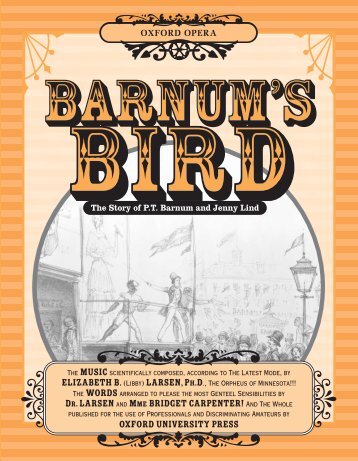





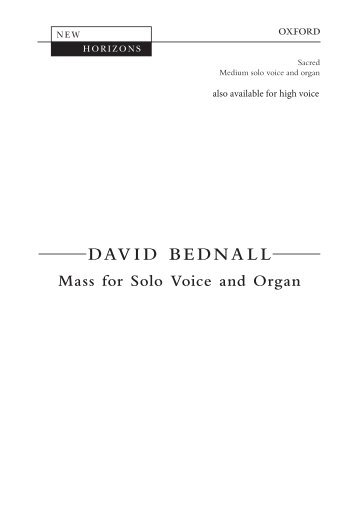



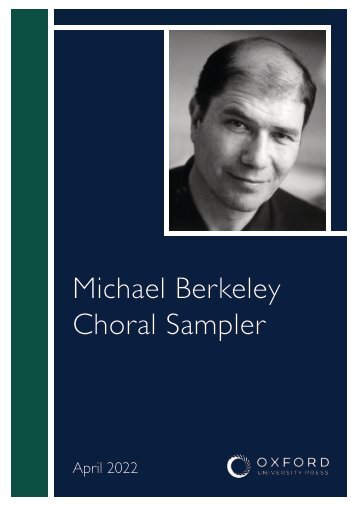
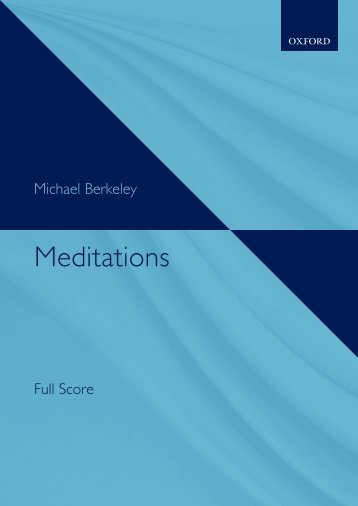
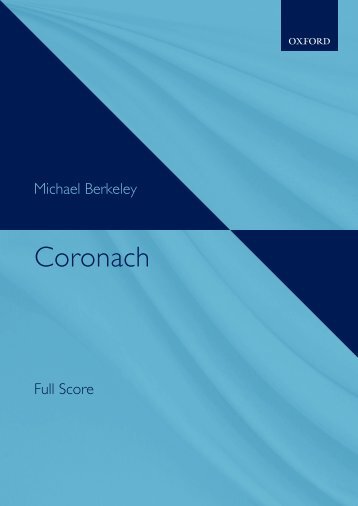
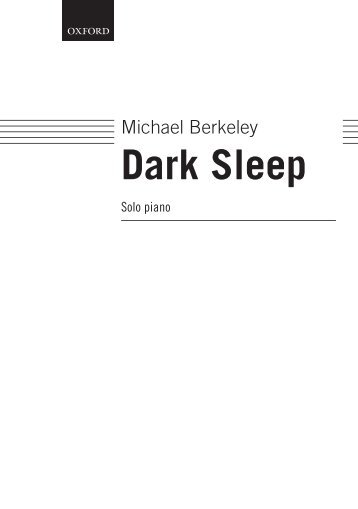

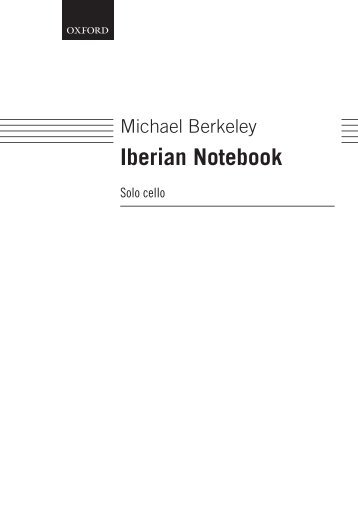


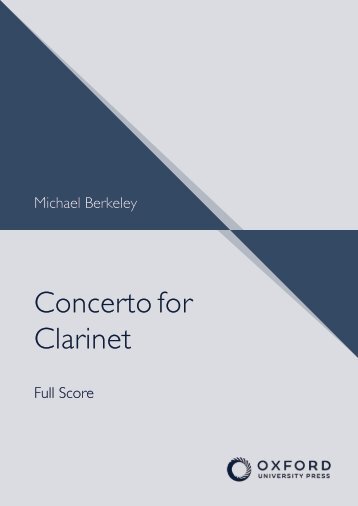

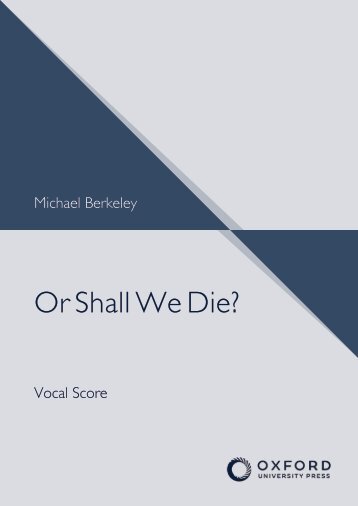

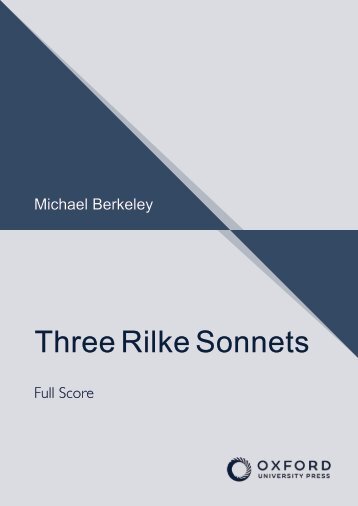

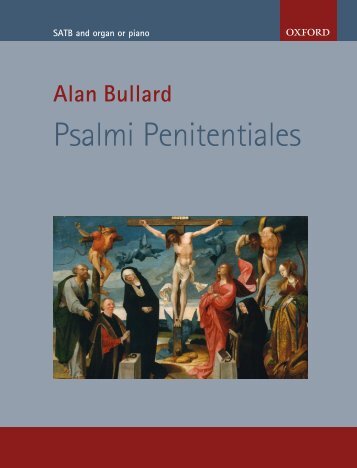
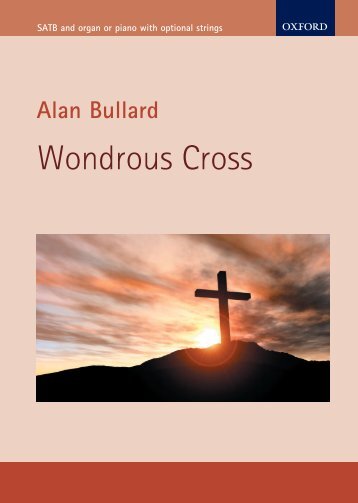
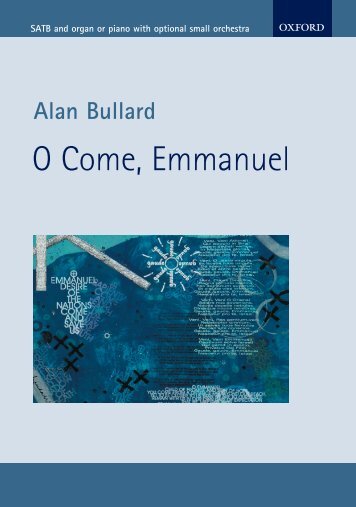
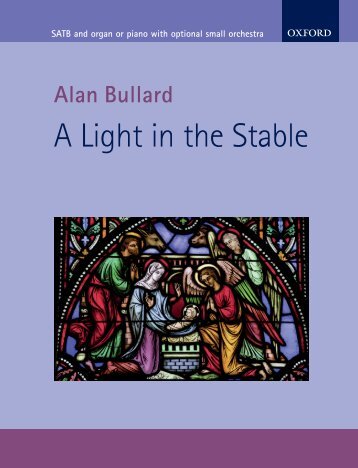
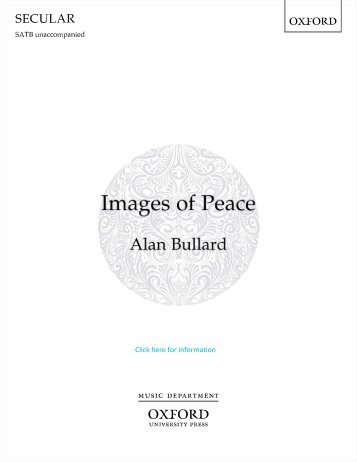


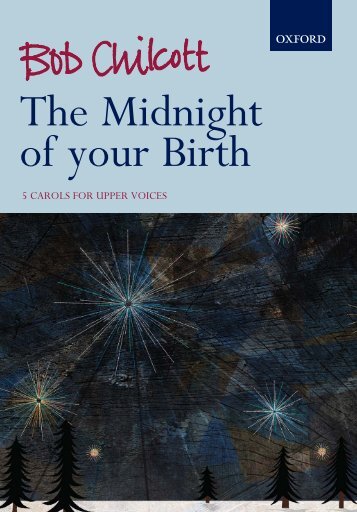
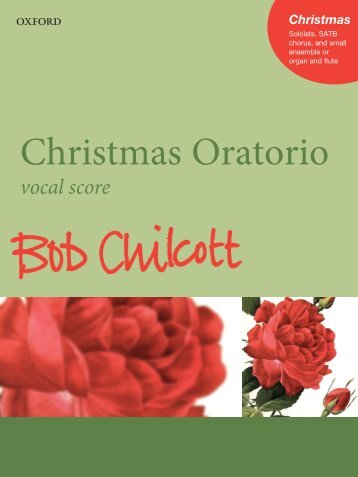
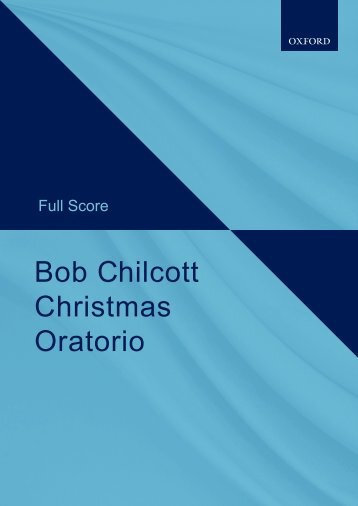


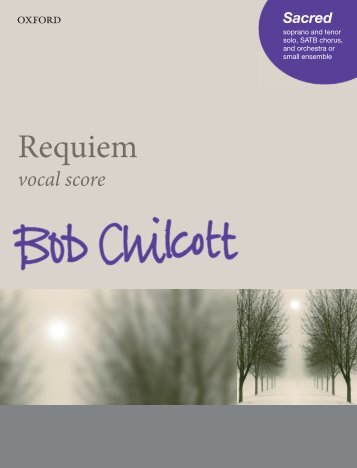









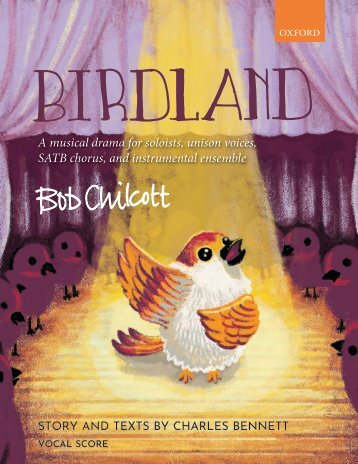

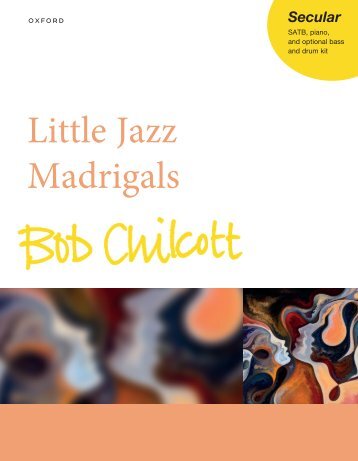




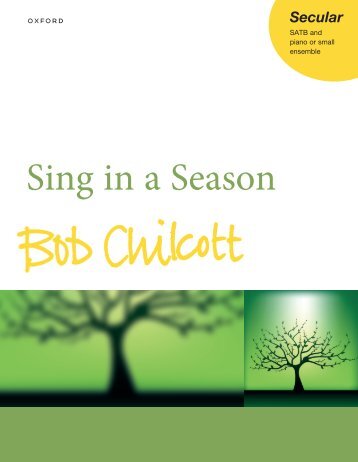
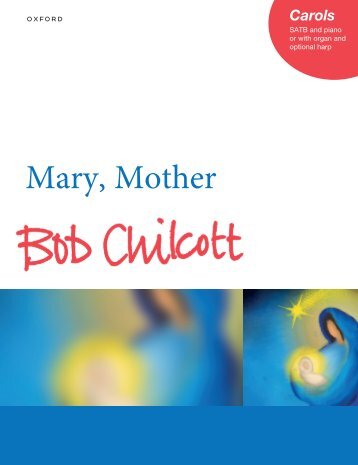
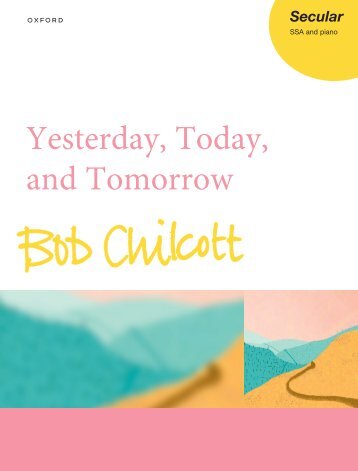
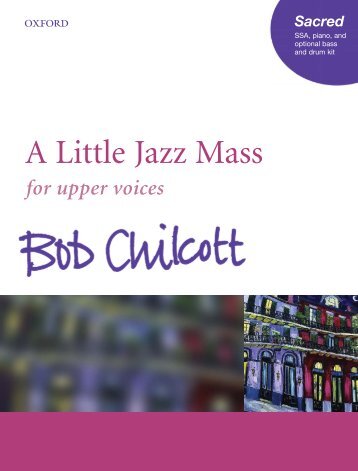

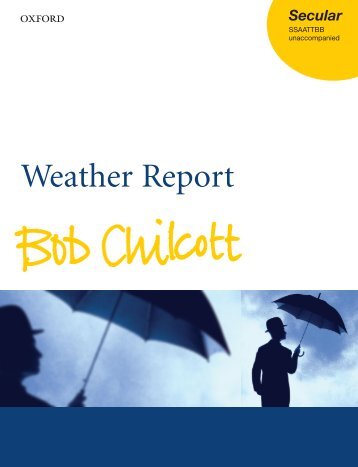
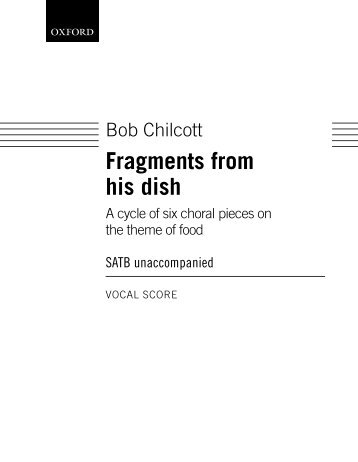




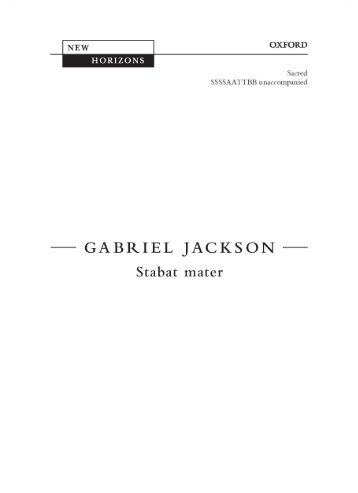
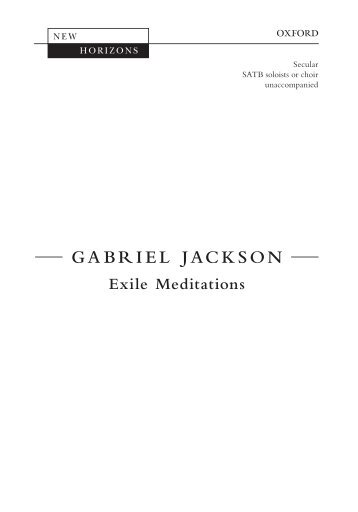
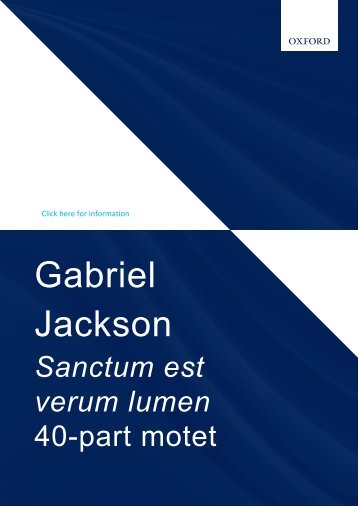
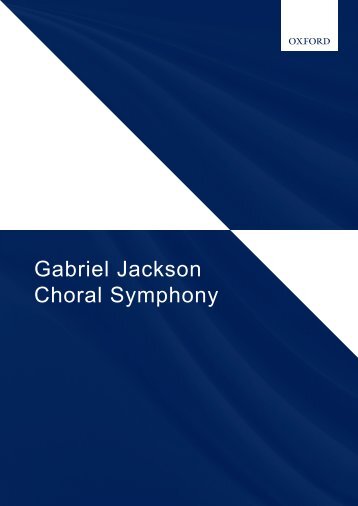

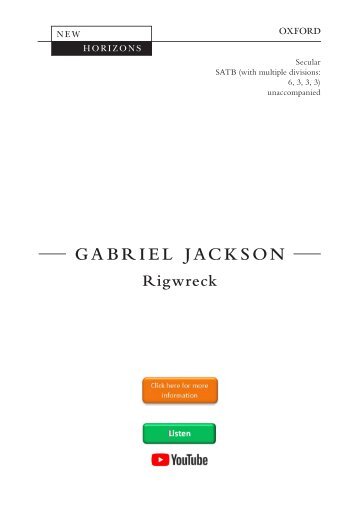
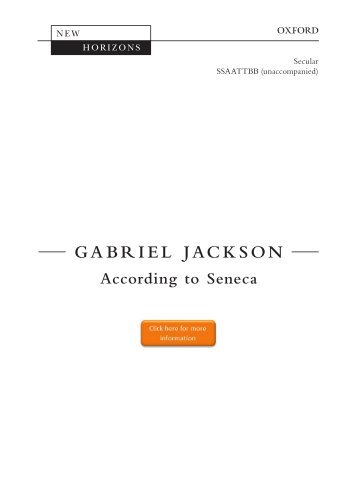
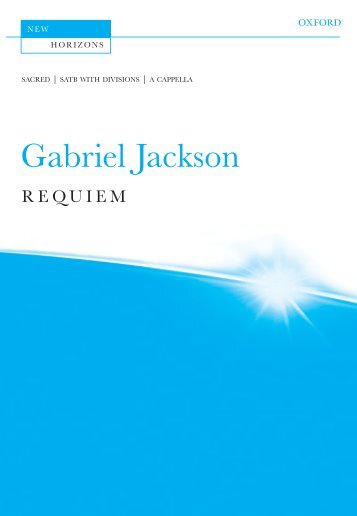
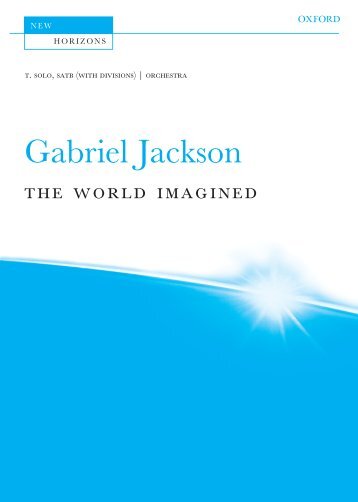
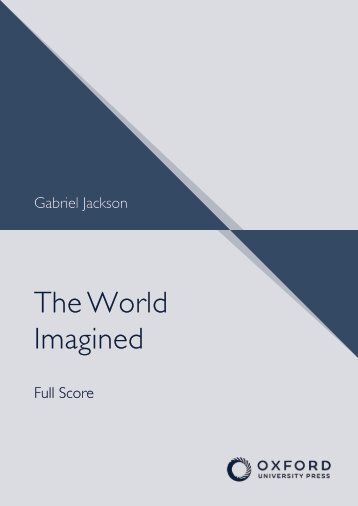
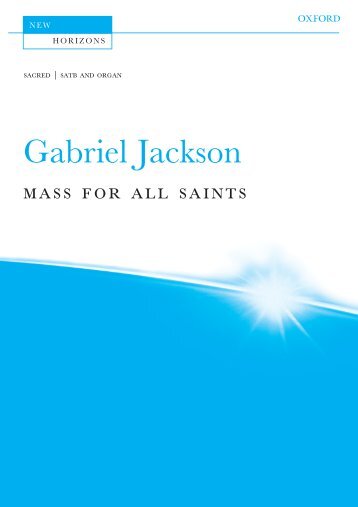


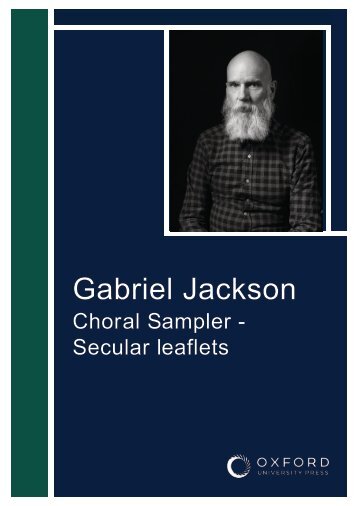

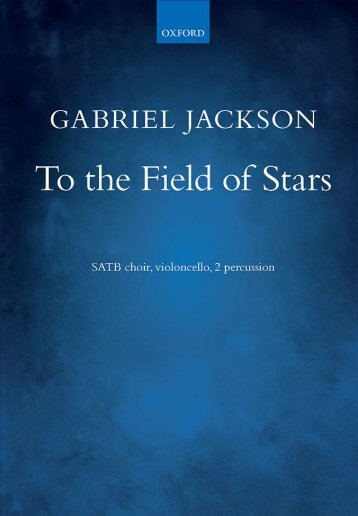
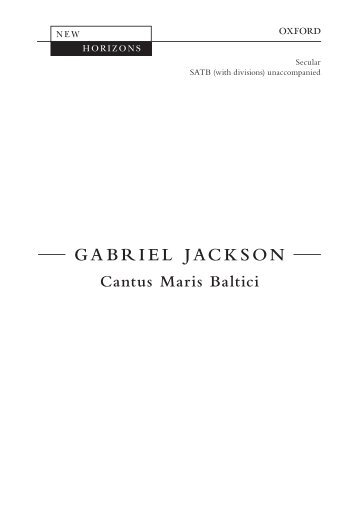
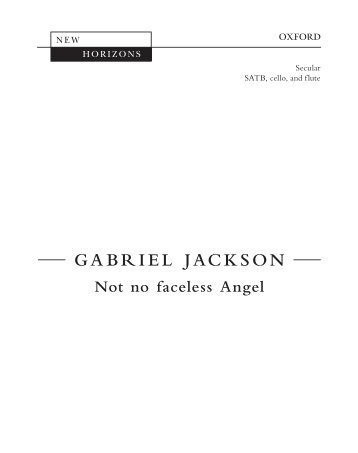
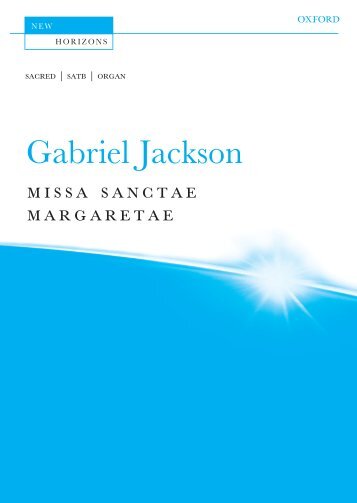
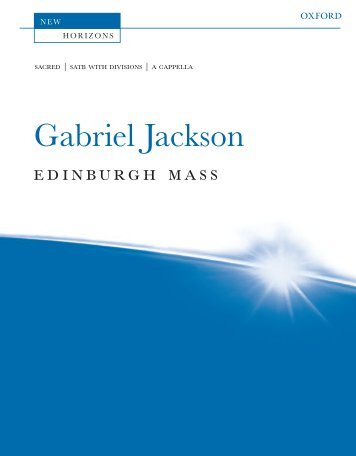



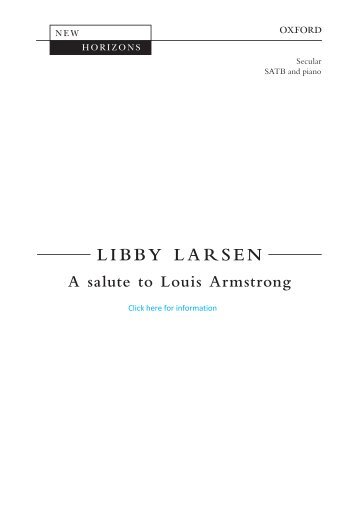


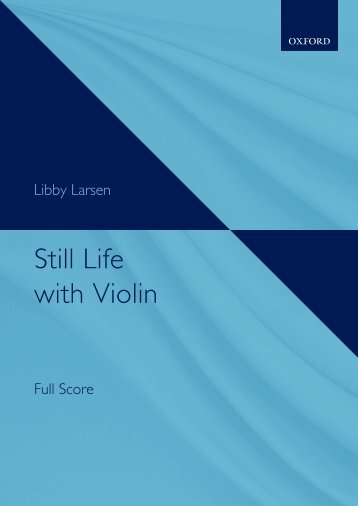
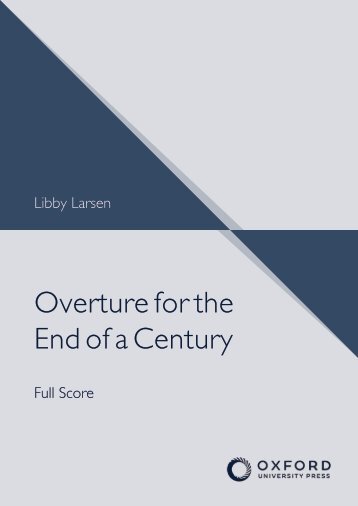




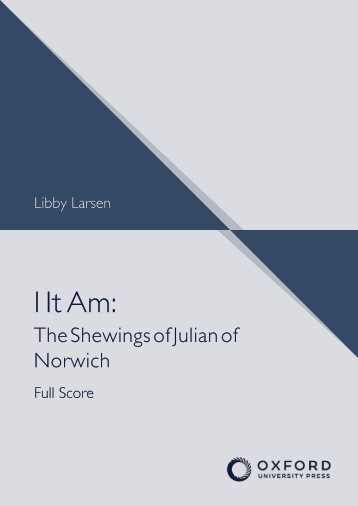

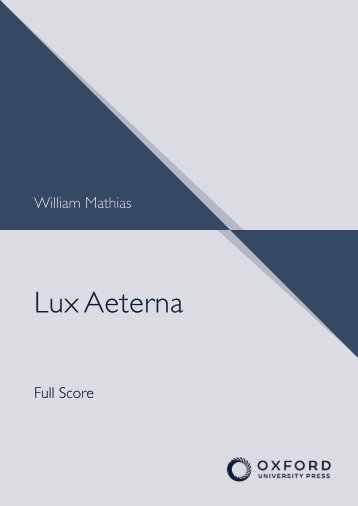









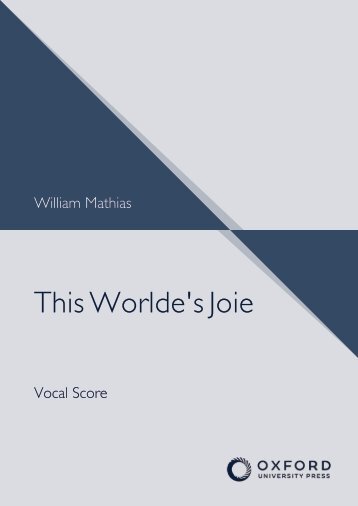

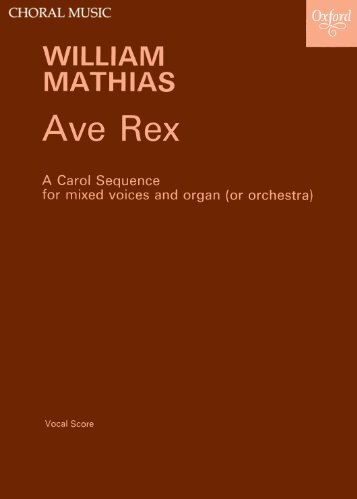



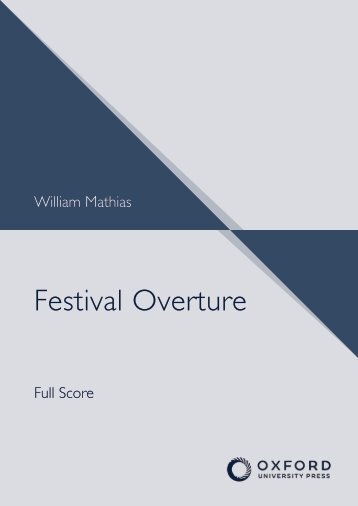

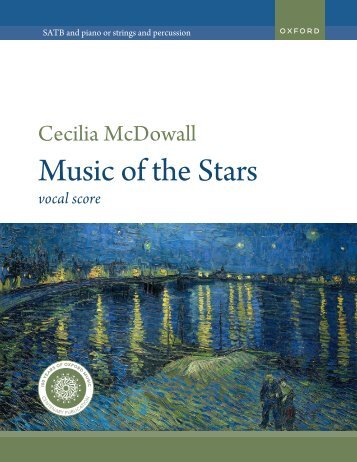
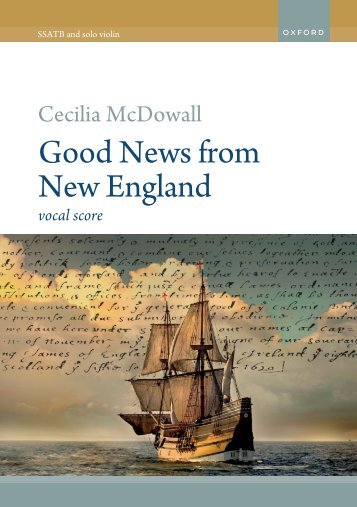



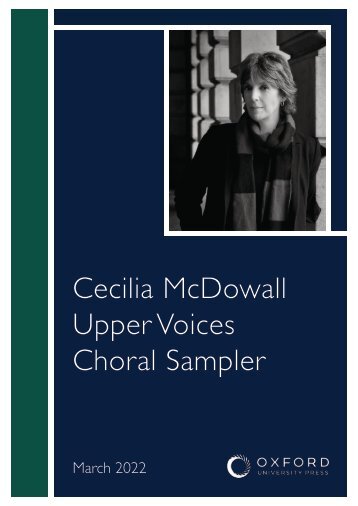
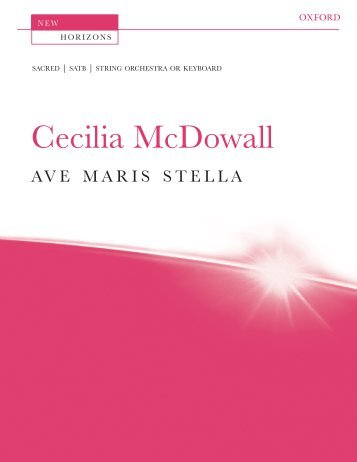
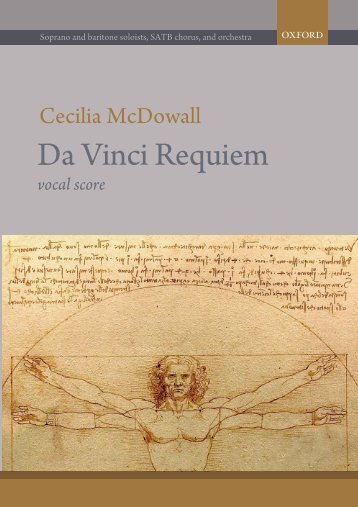
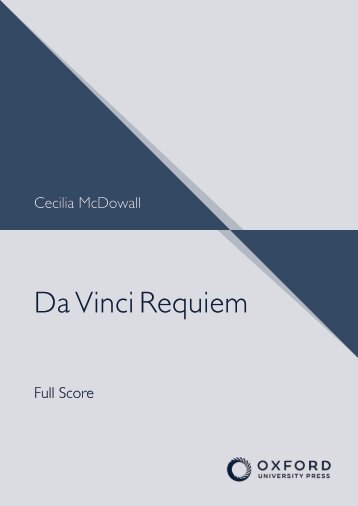

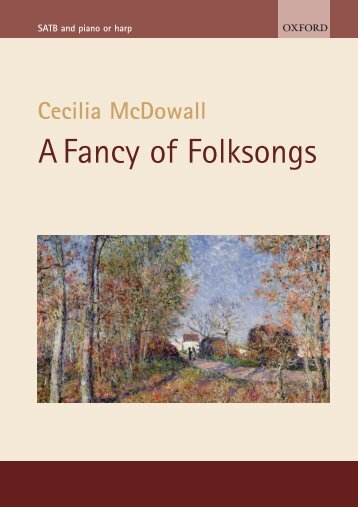


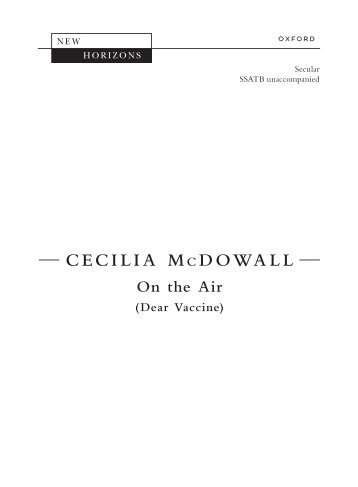
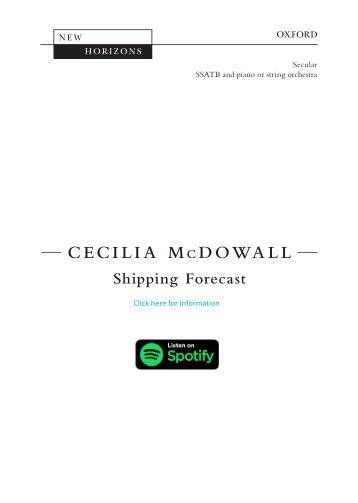
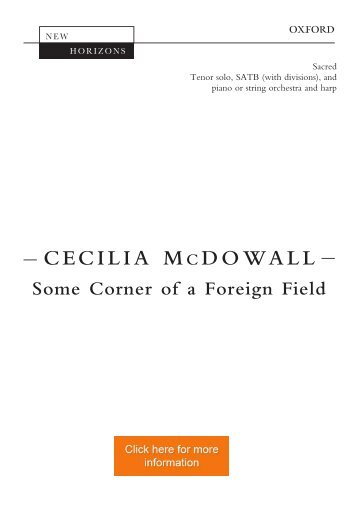

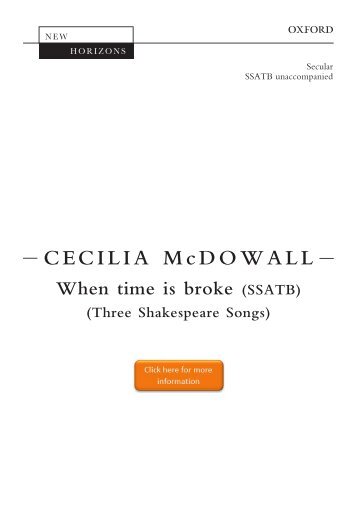
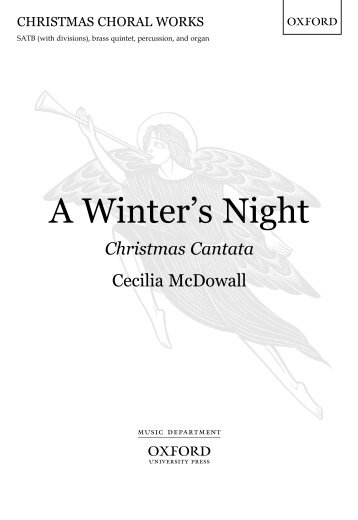
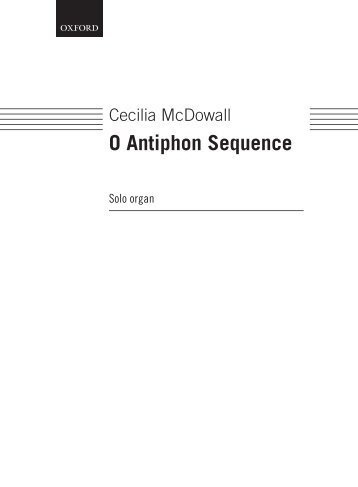

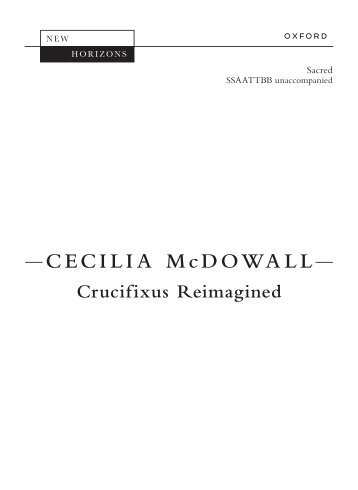
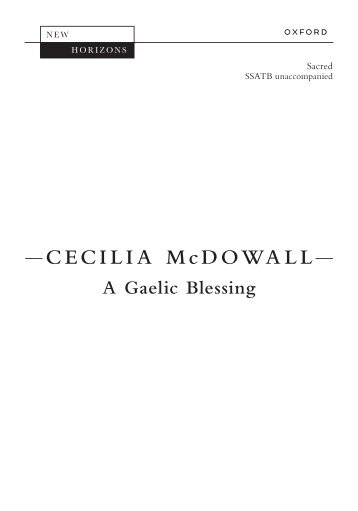
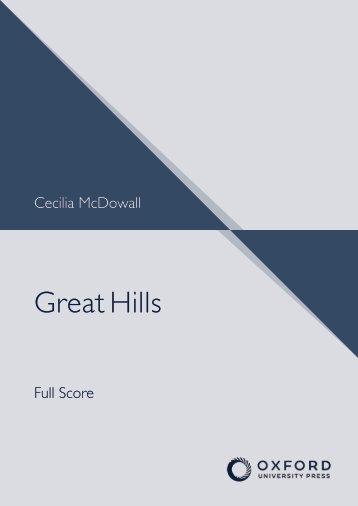

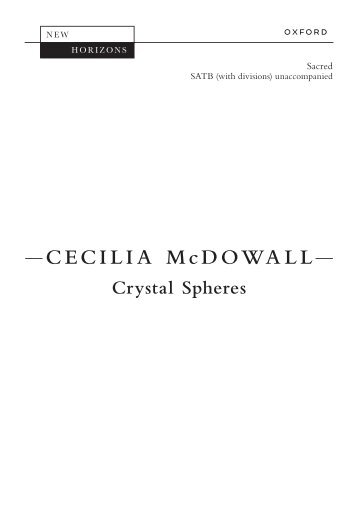
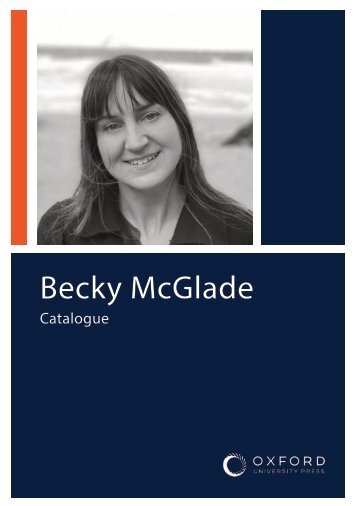
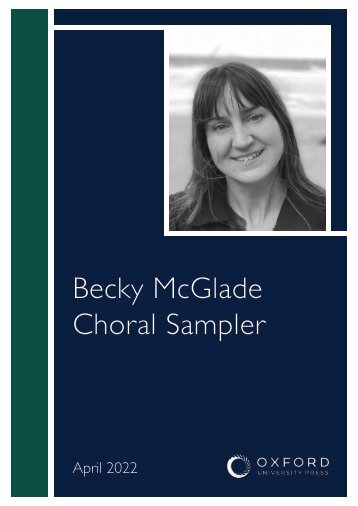
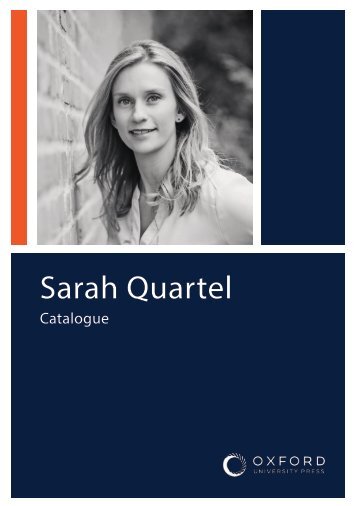

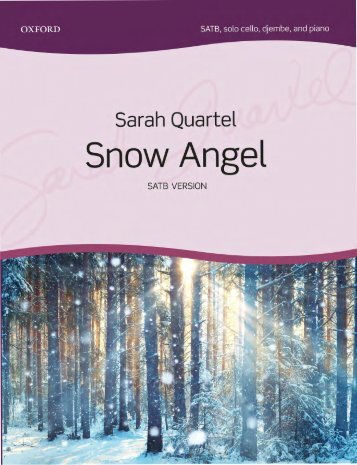
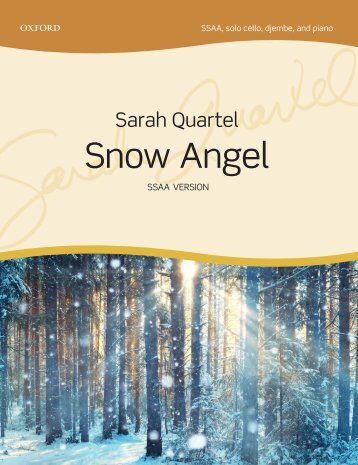
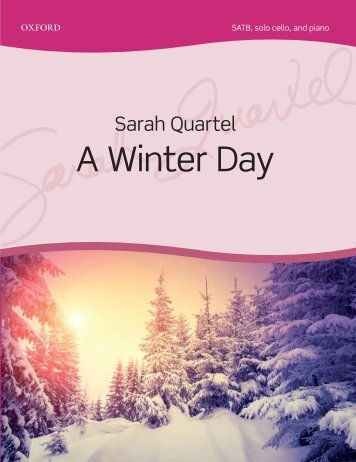
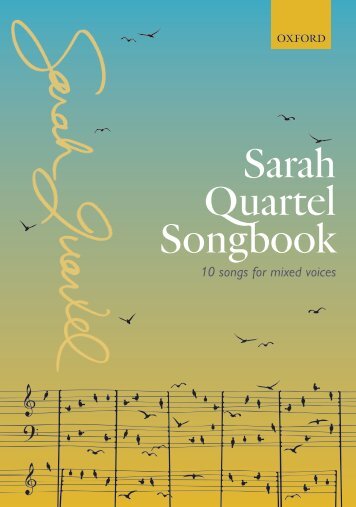
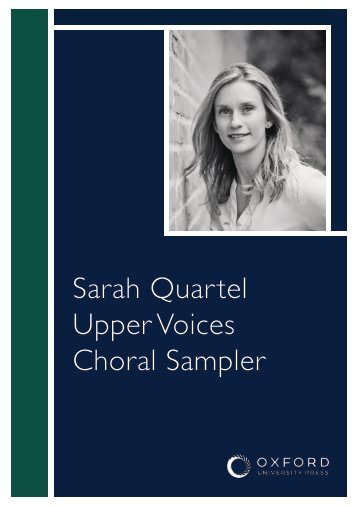
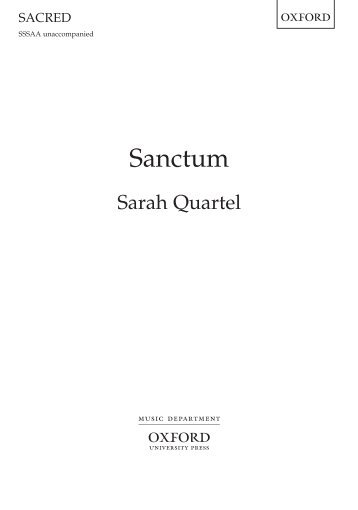


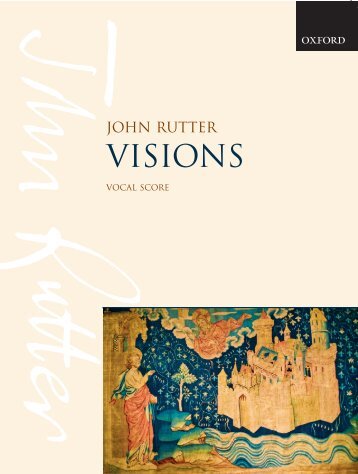
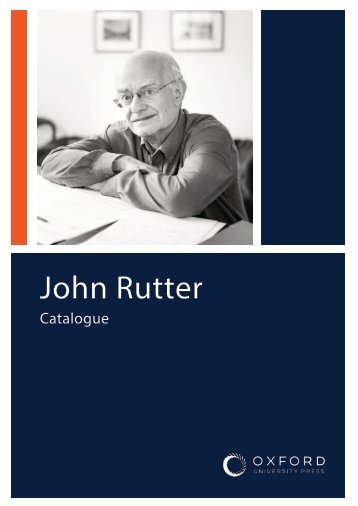
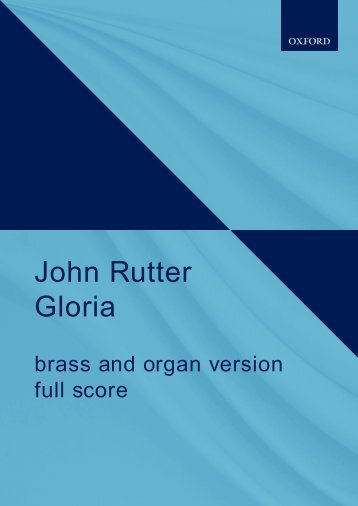
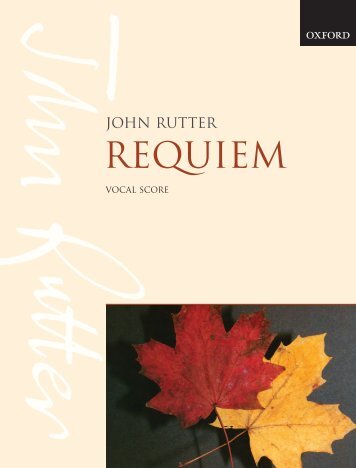

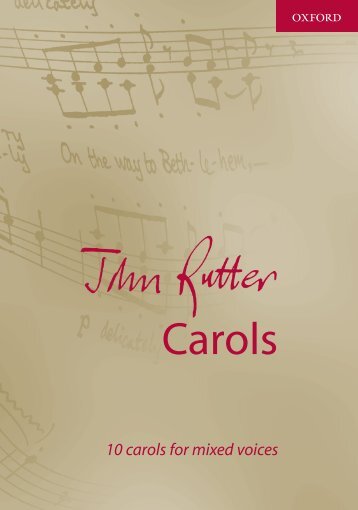
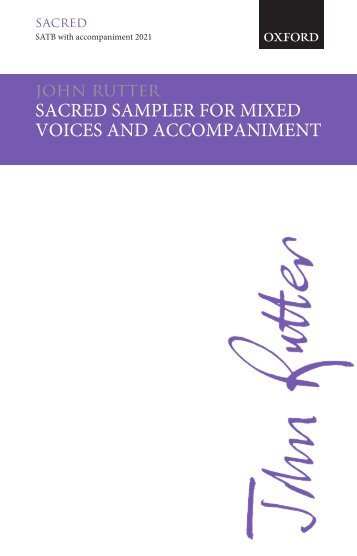
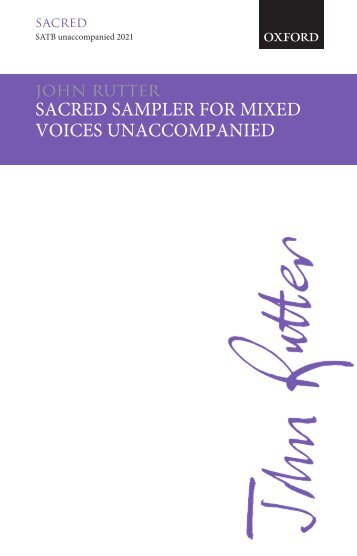
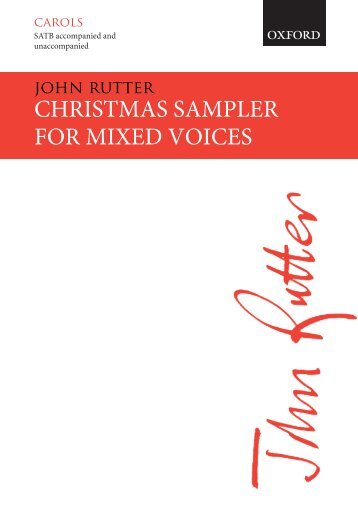
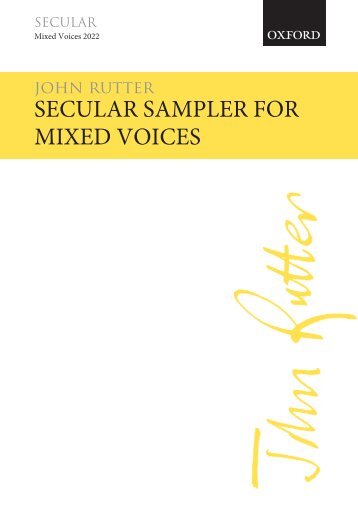
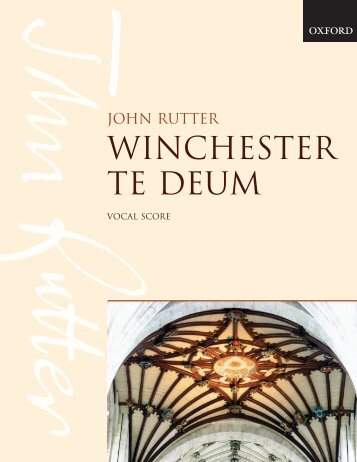
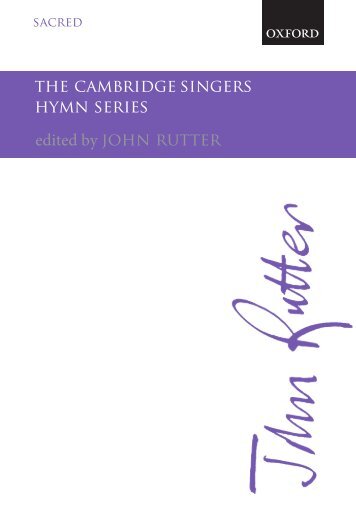
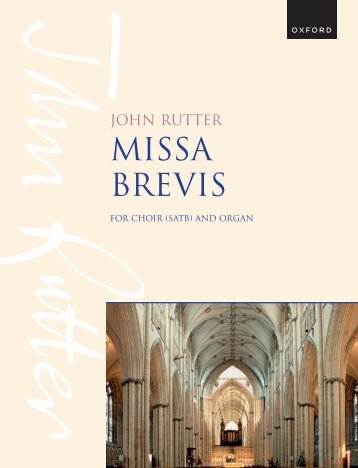
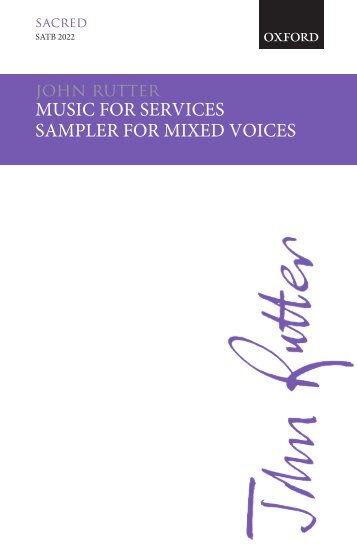
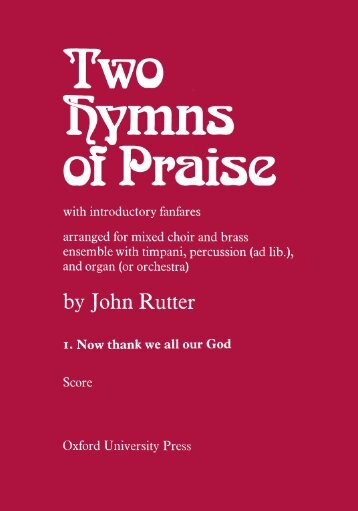

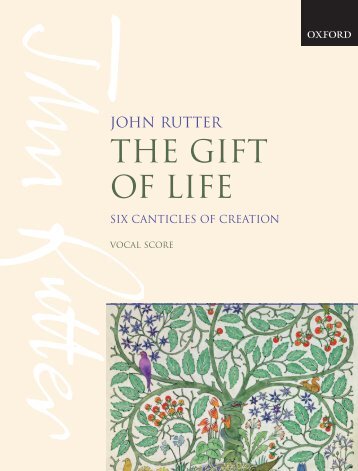
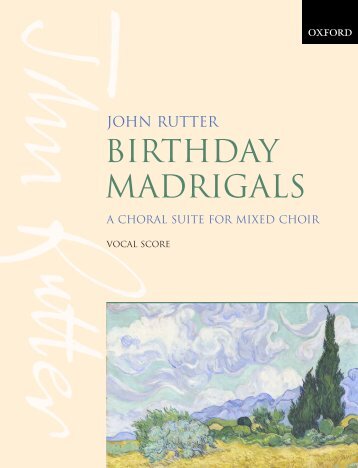
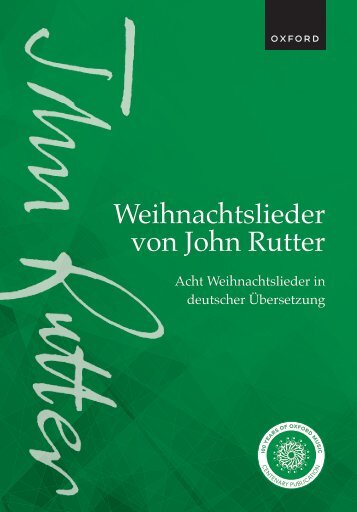
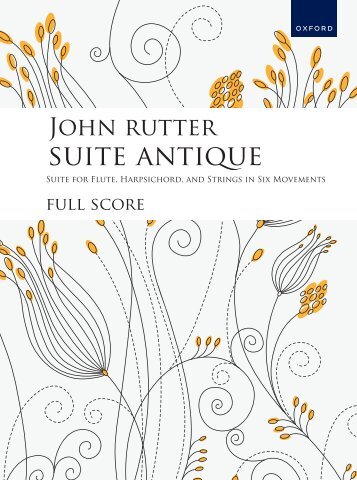
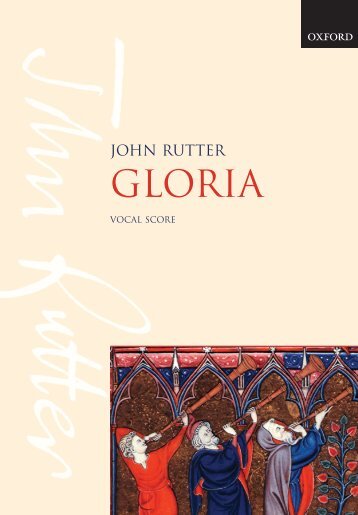
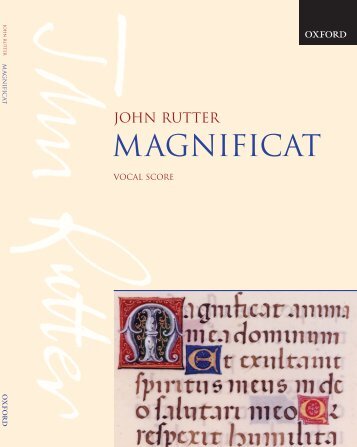
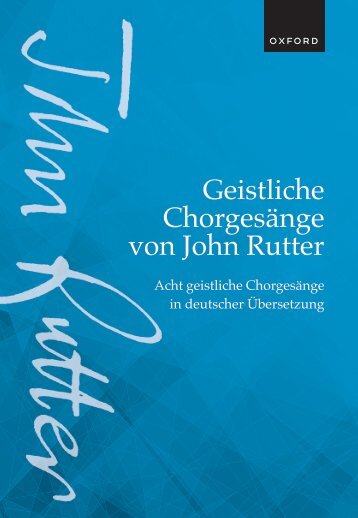
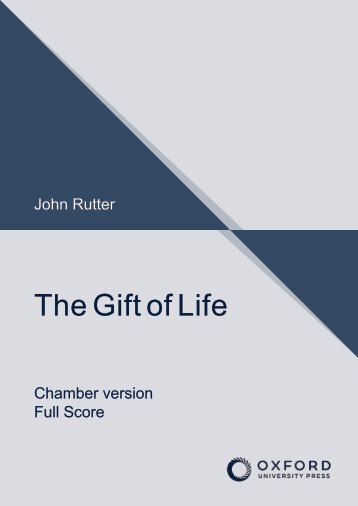
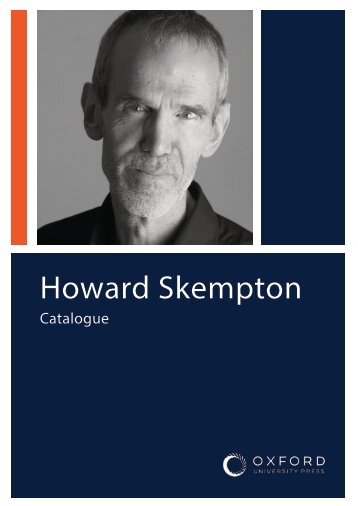


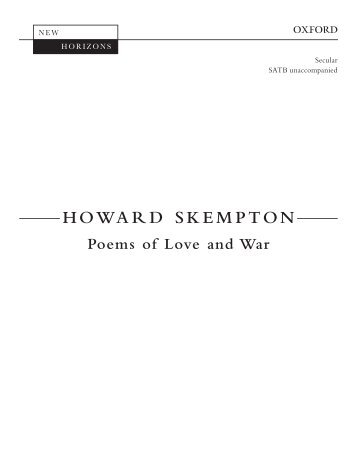


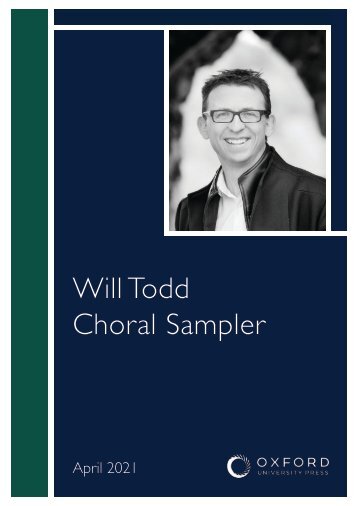
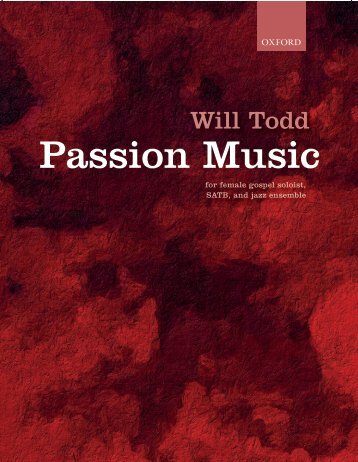
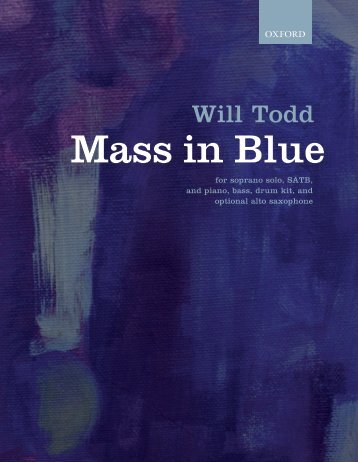
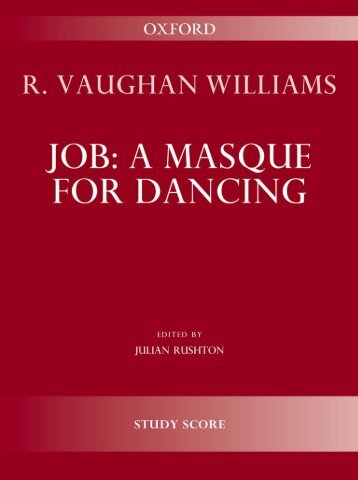

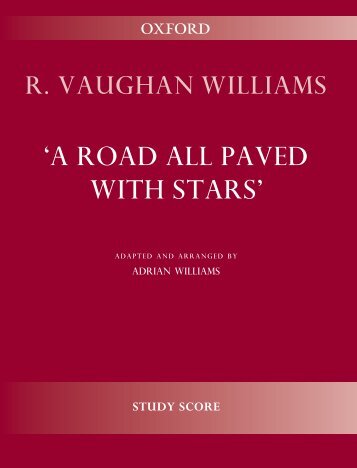
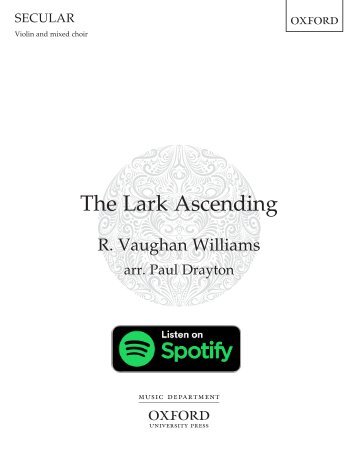

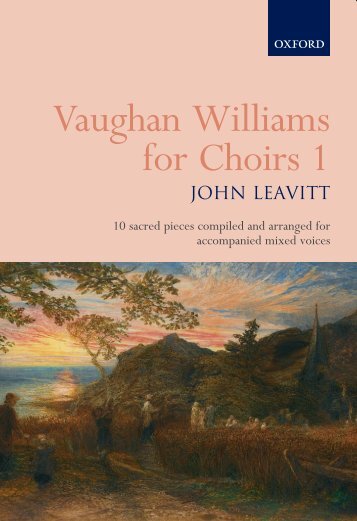
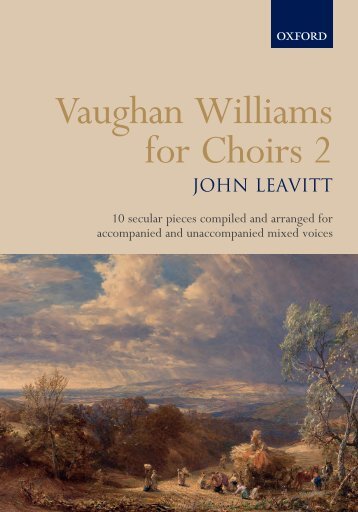

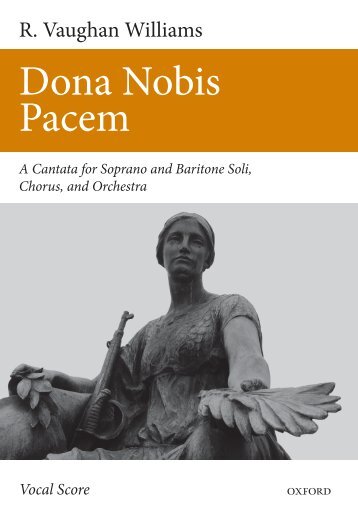
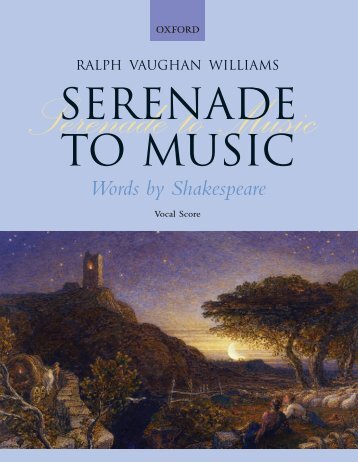
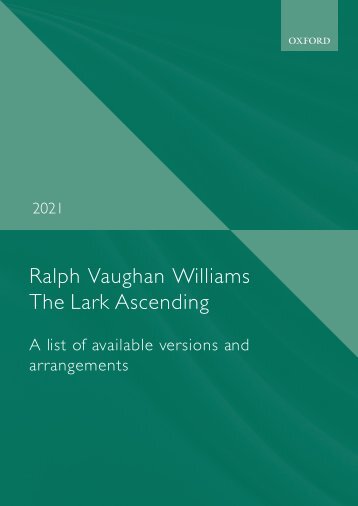

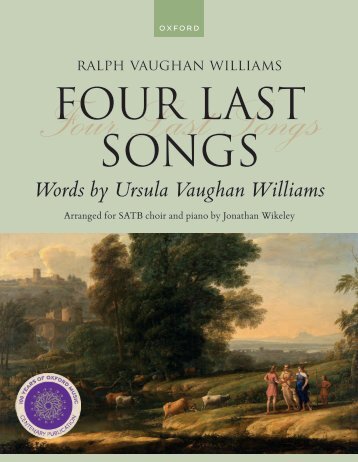

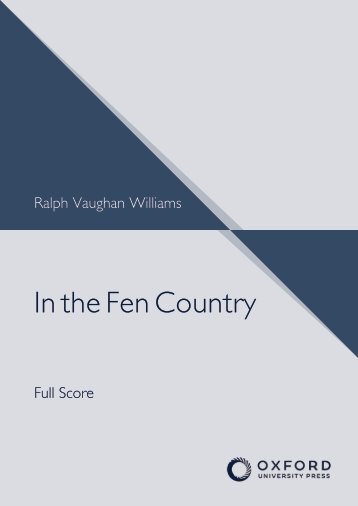
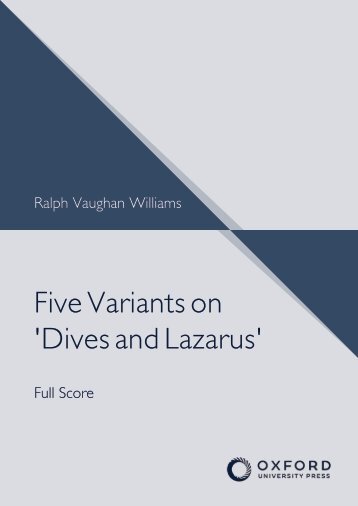
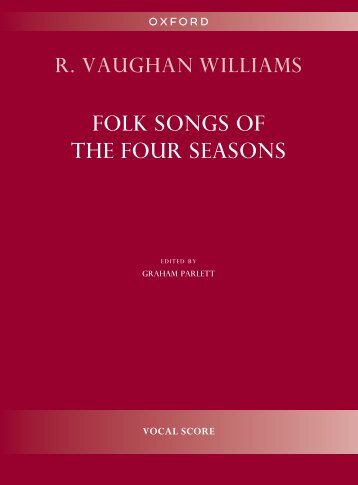




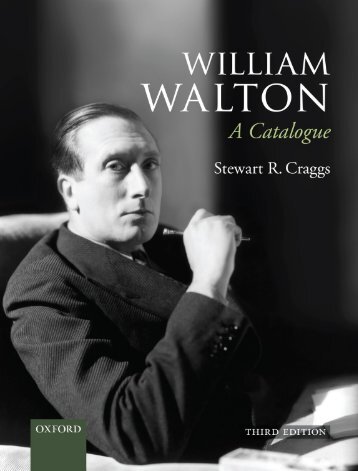



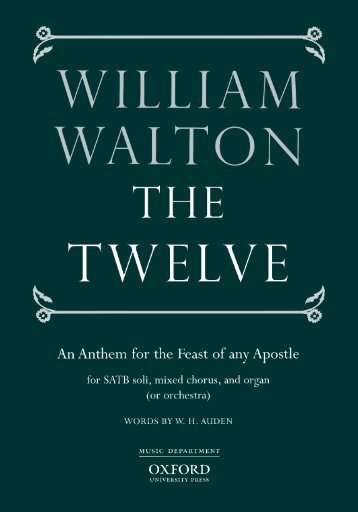


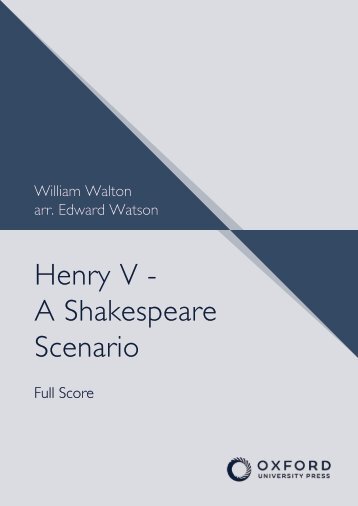






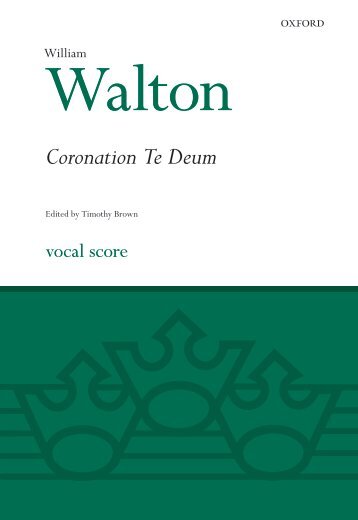
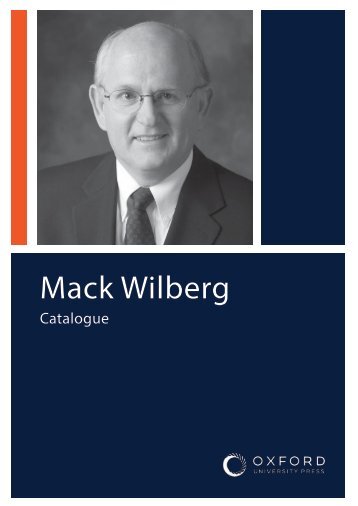
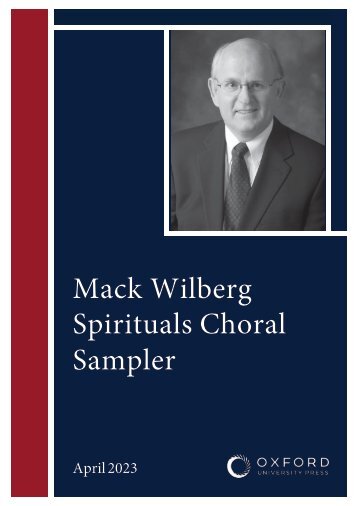
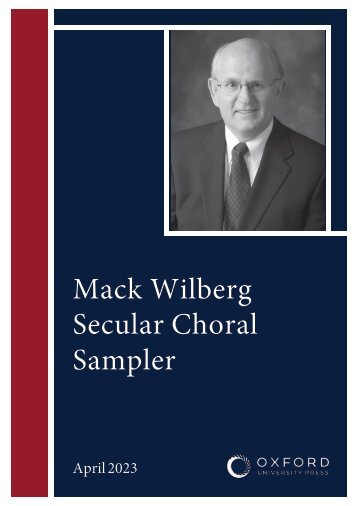




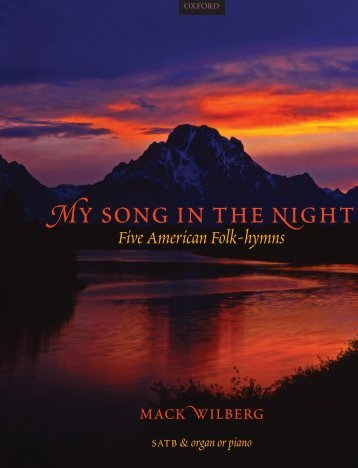
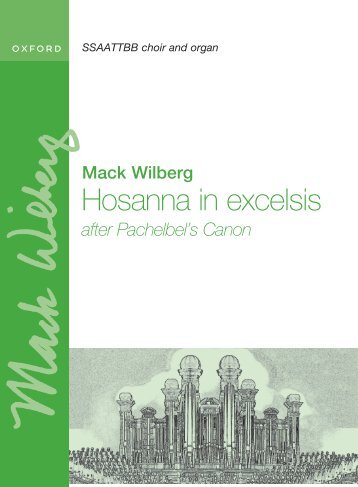


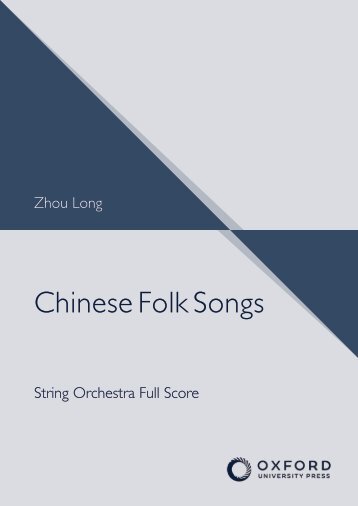

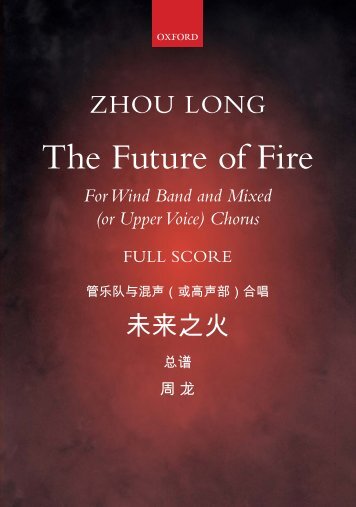





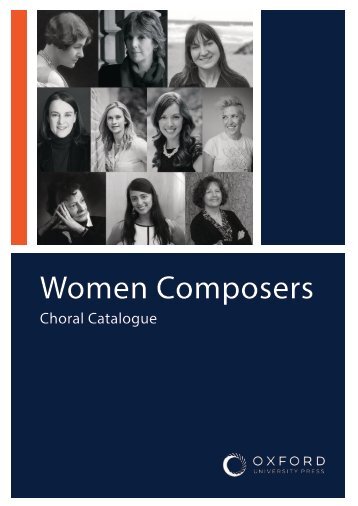

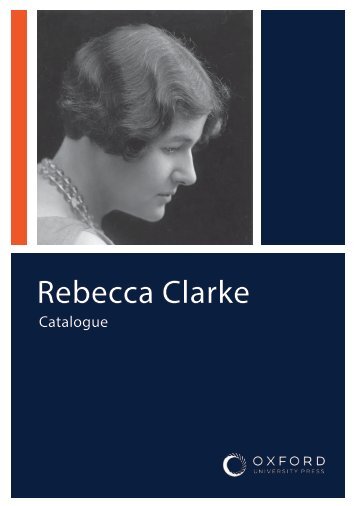

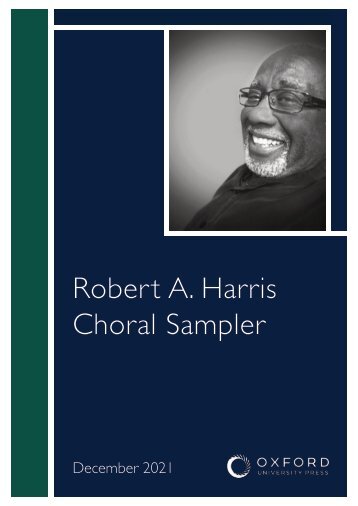
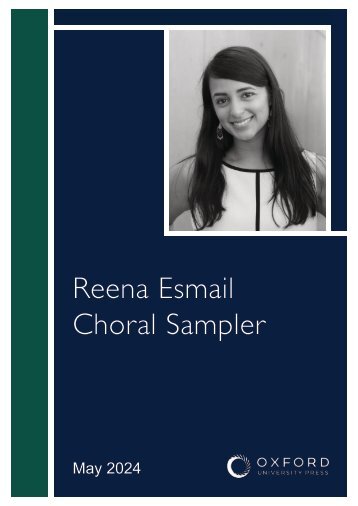
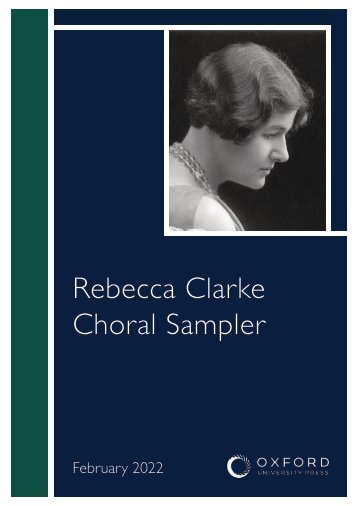
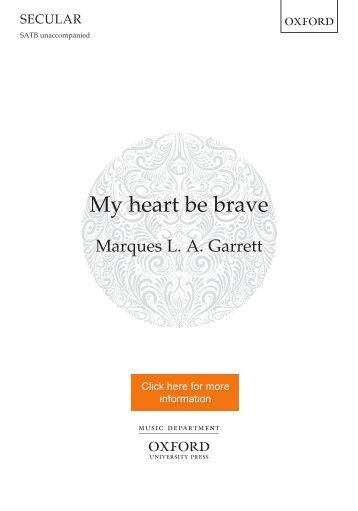
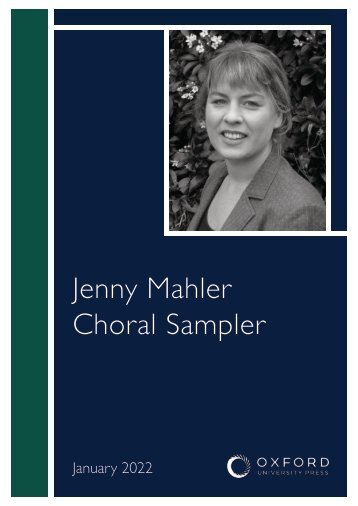
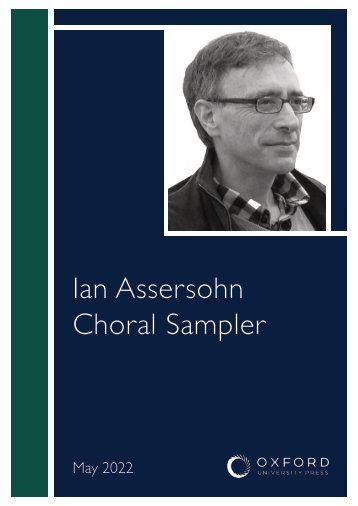
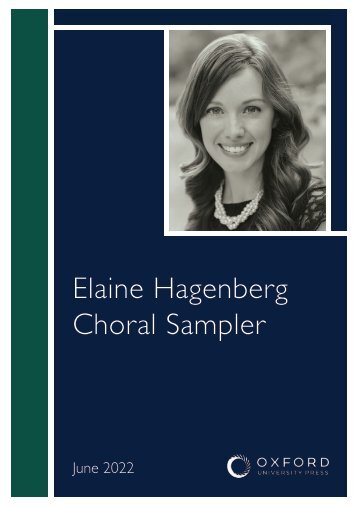
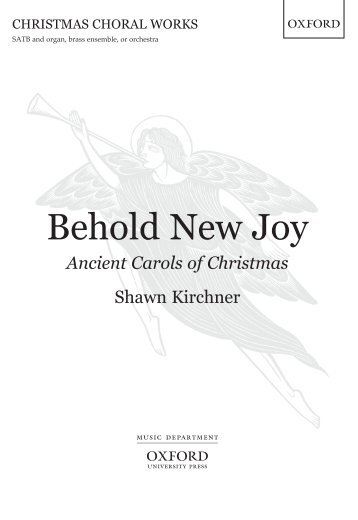
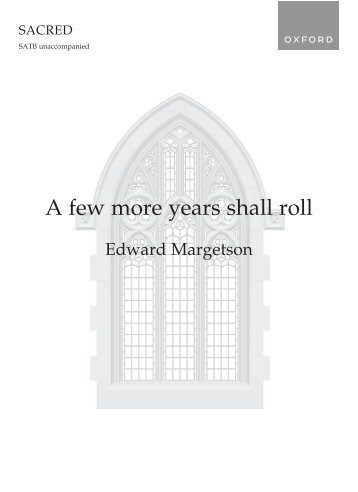
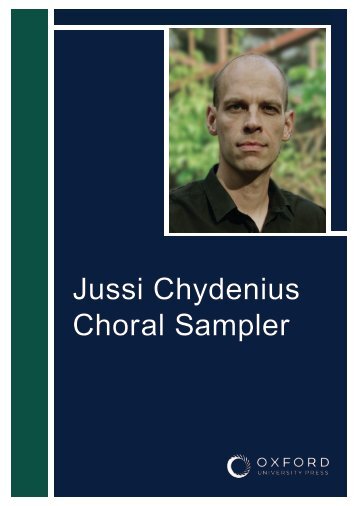


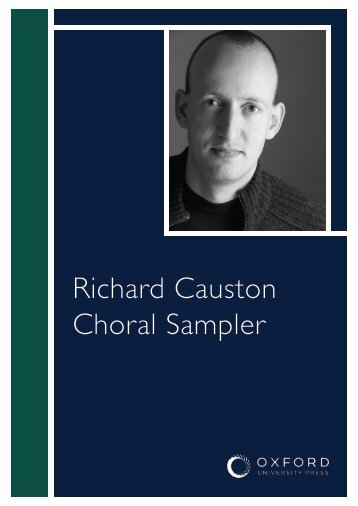
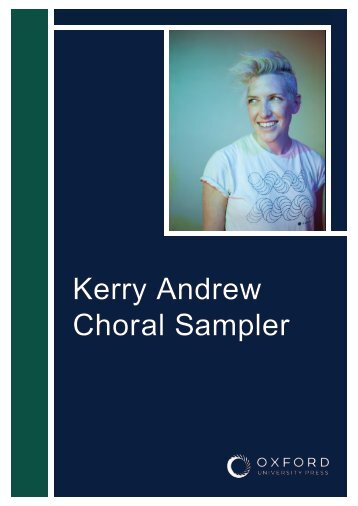
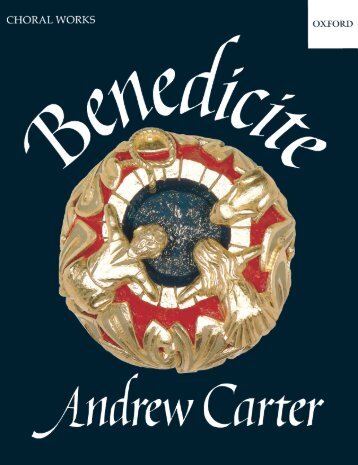
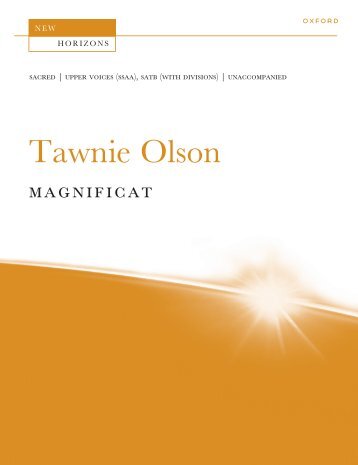


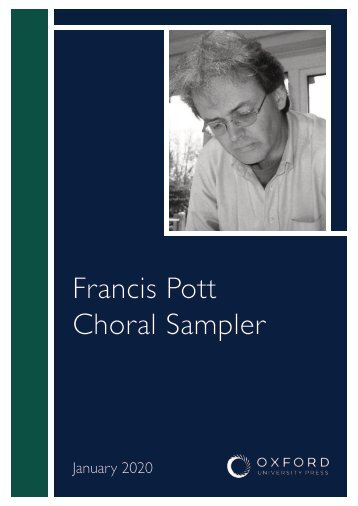

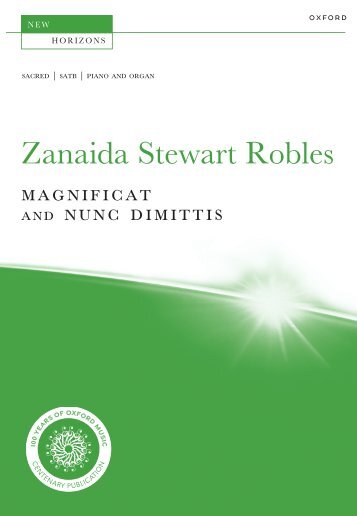

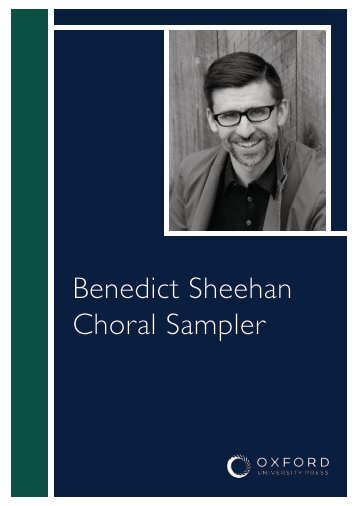
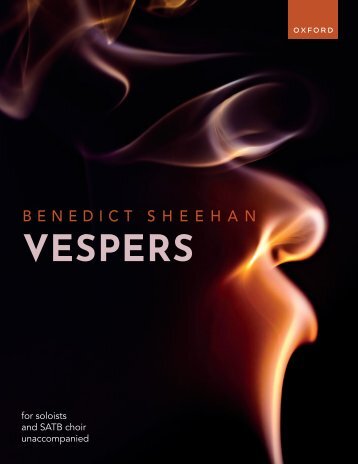


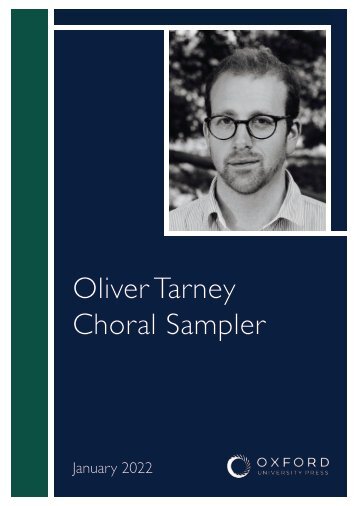

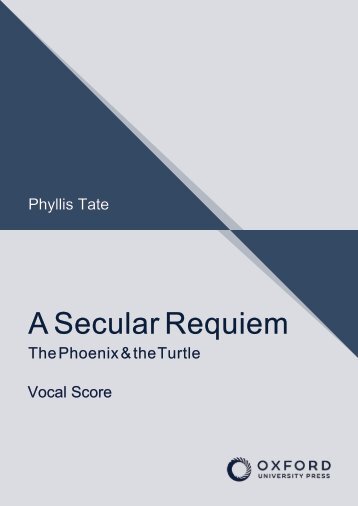
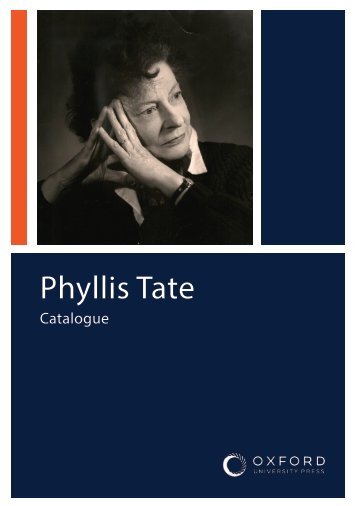
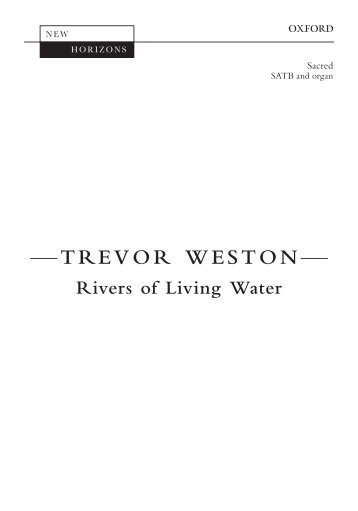
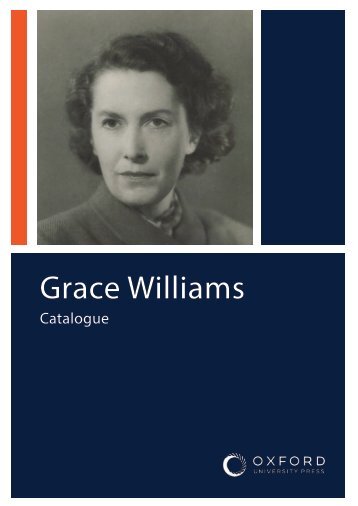
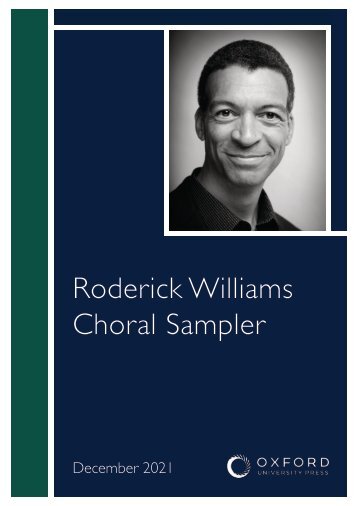
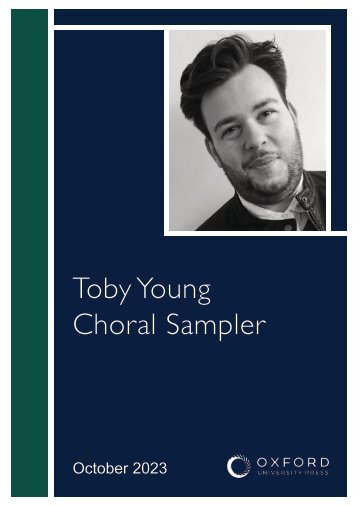


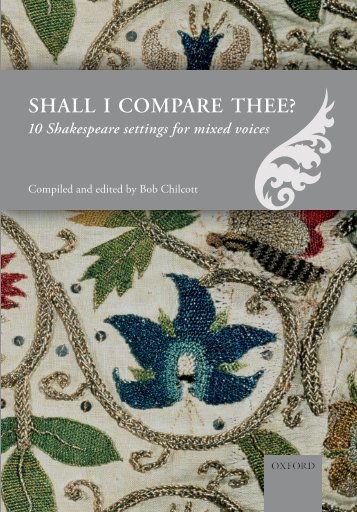
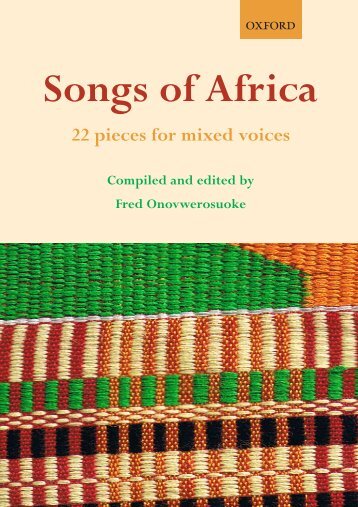



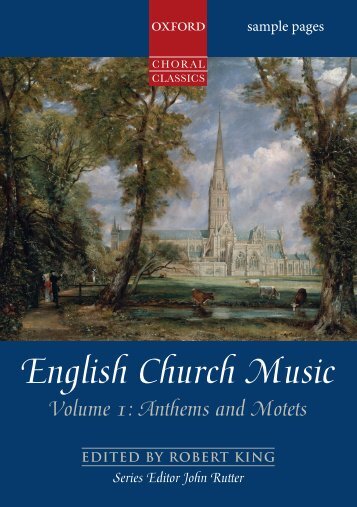
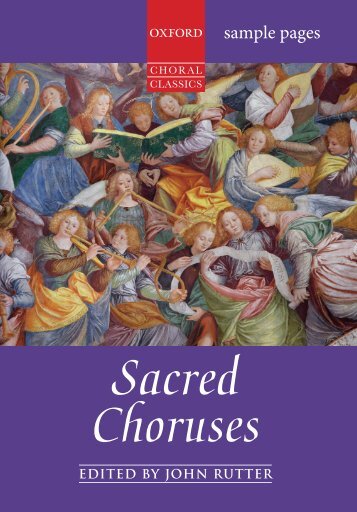

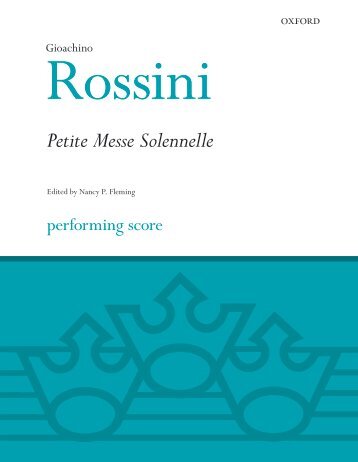
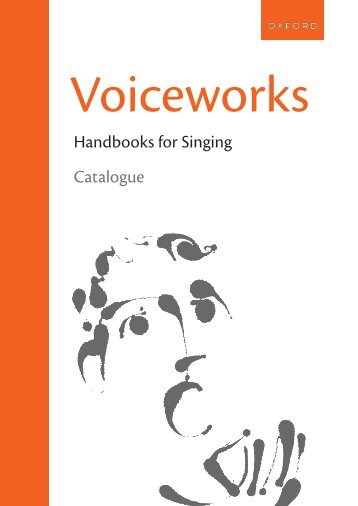



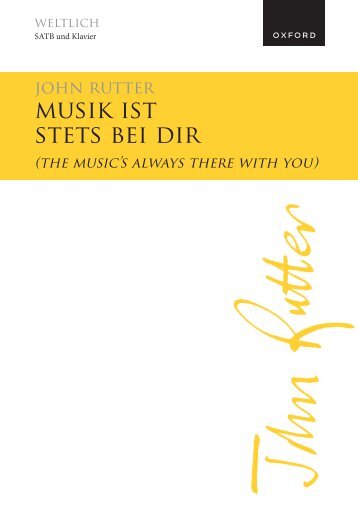
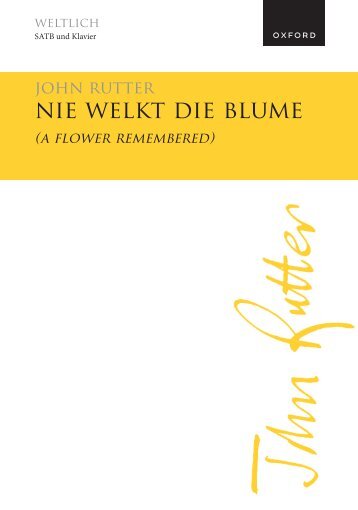

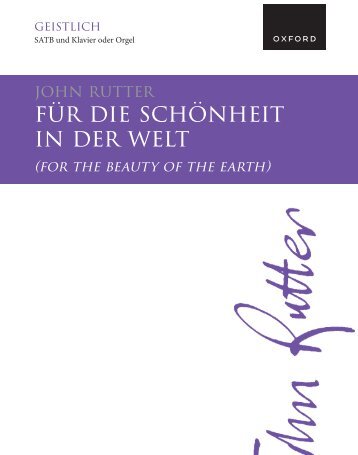
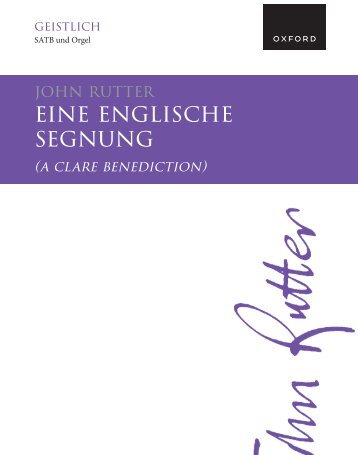

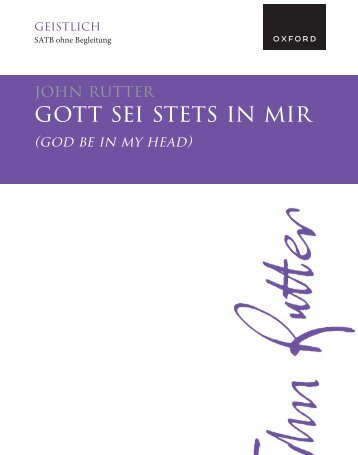


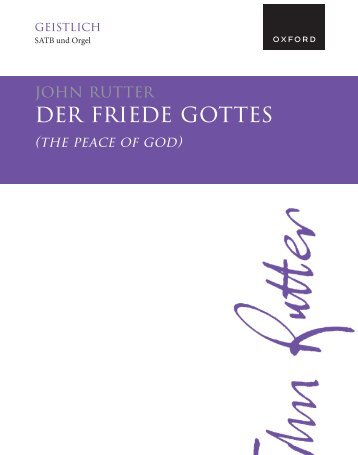


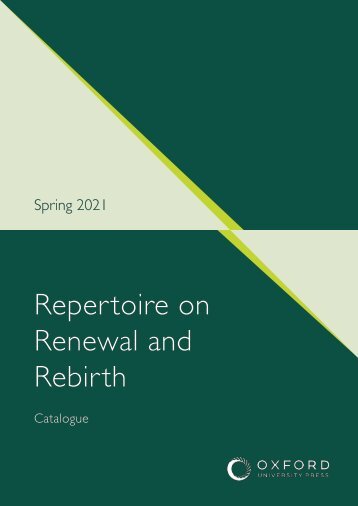
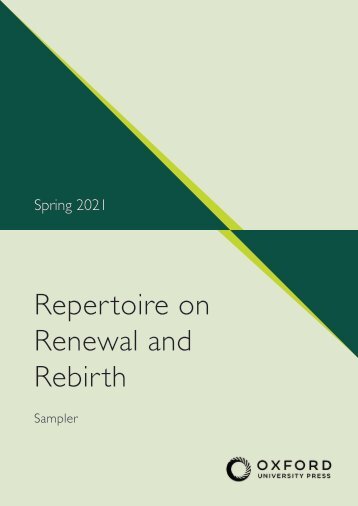
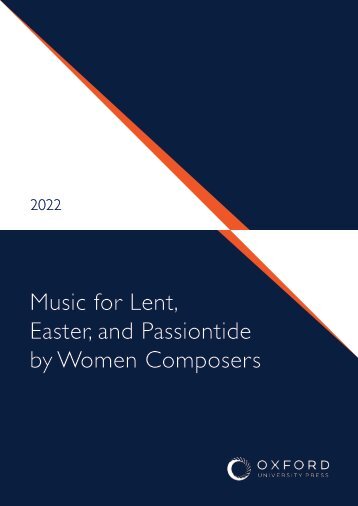
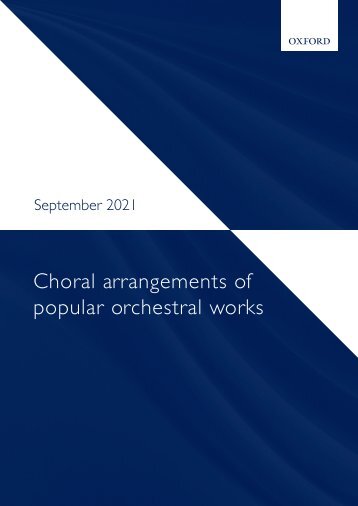
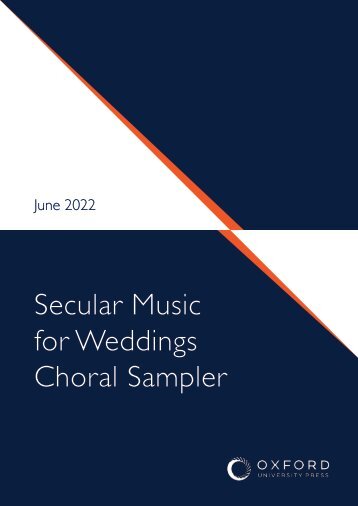

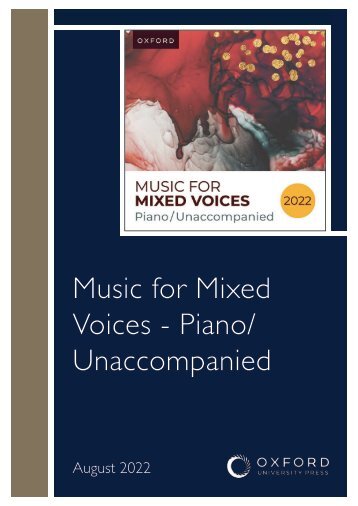
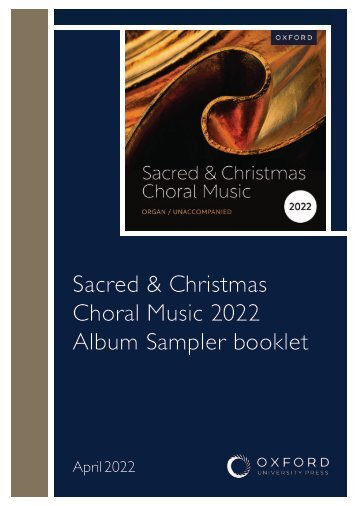
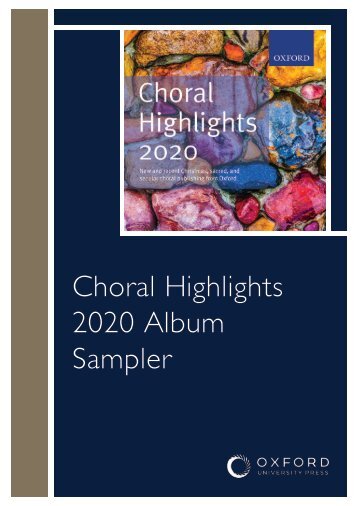
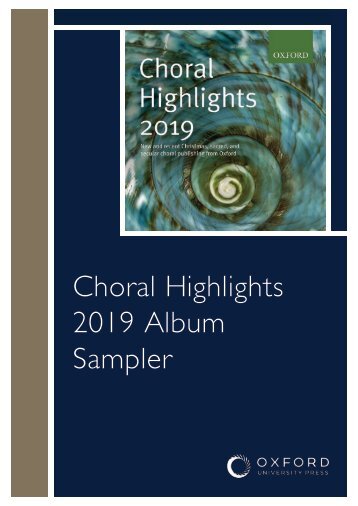
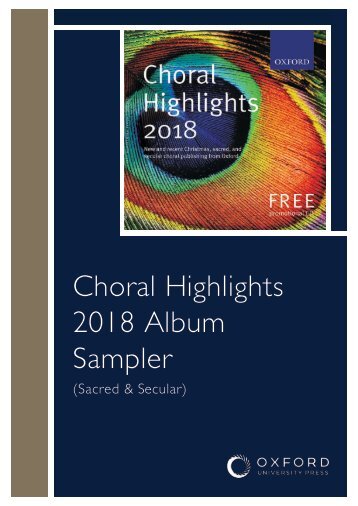

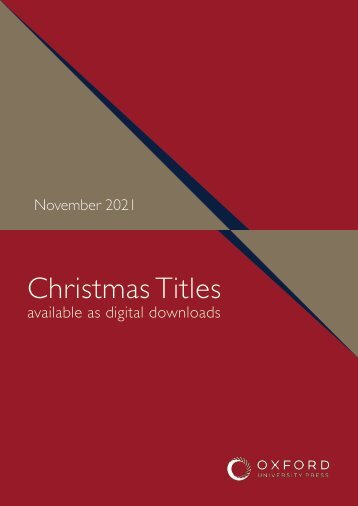
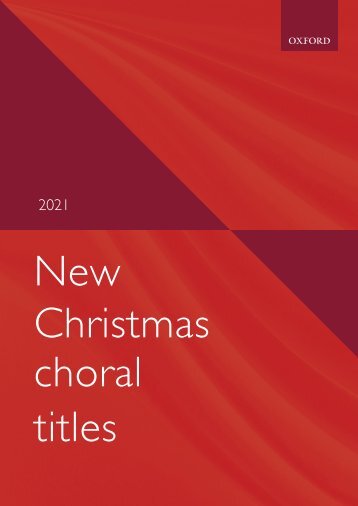
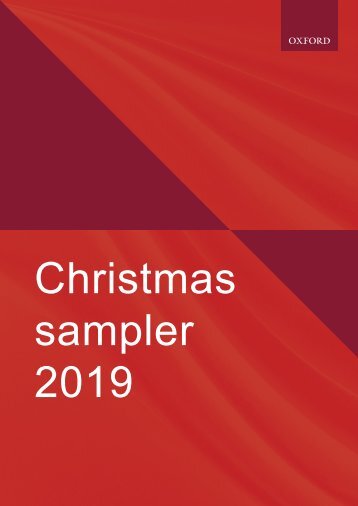
Facebook
Twitter
Email